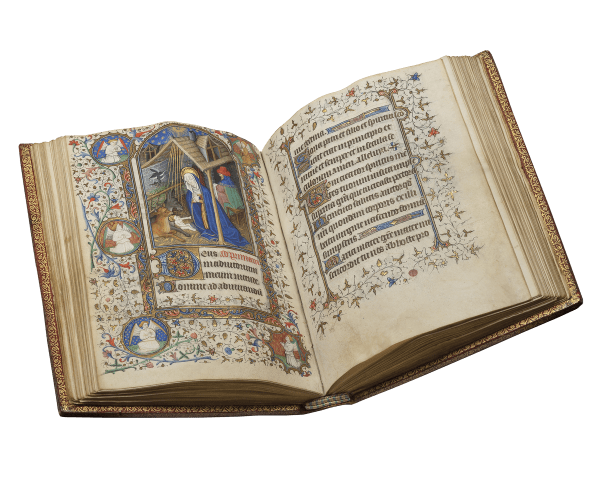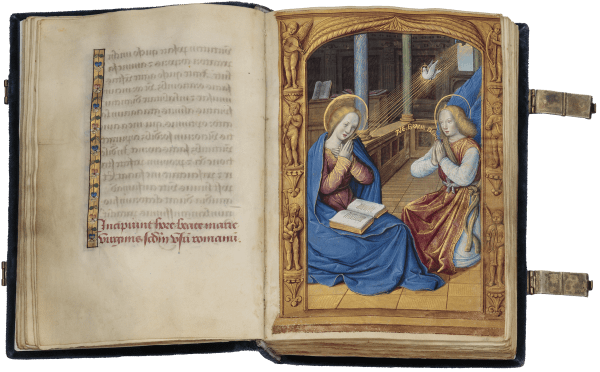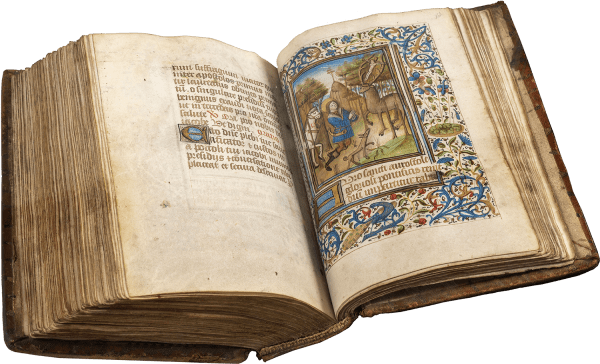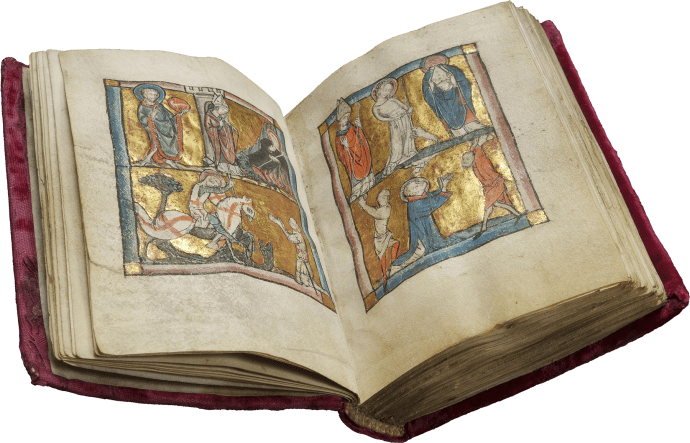


Thourotte Hours (use of Metz)
, France, Metz, c. 1340









Thourotte Hours (use of Metz)
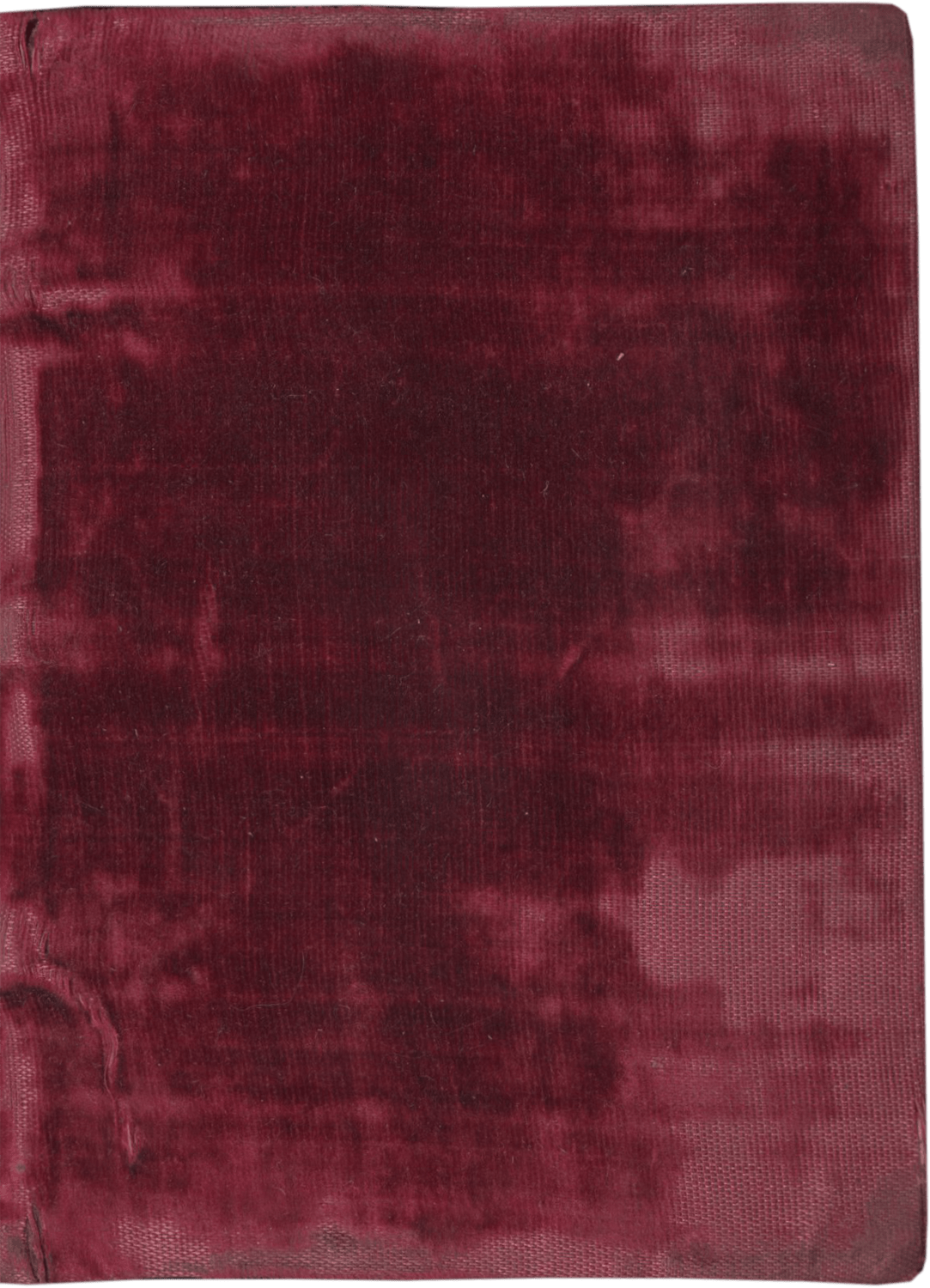
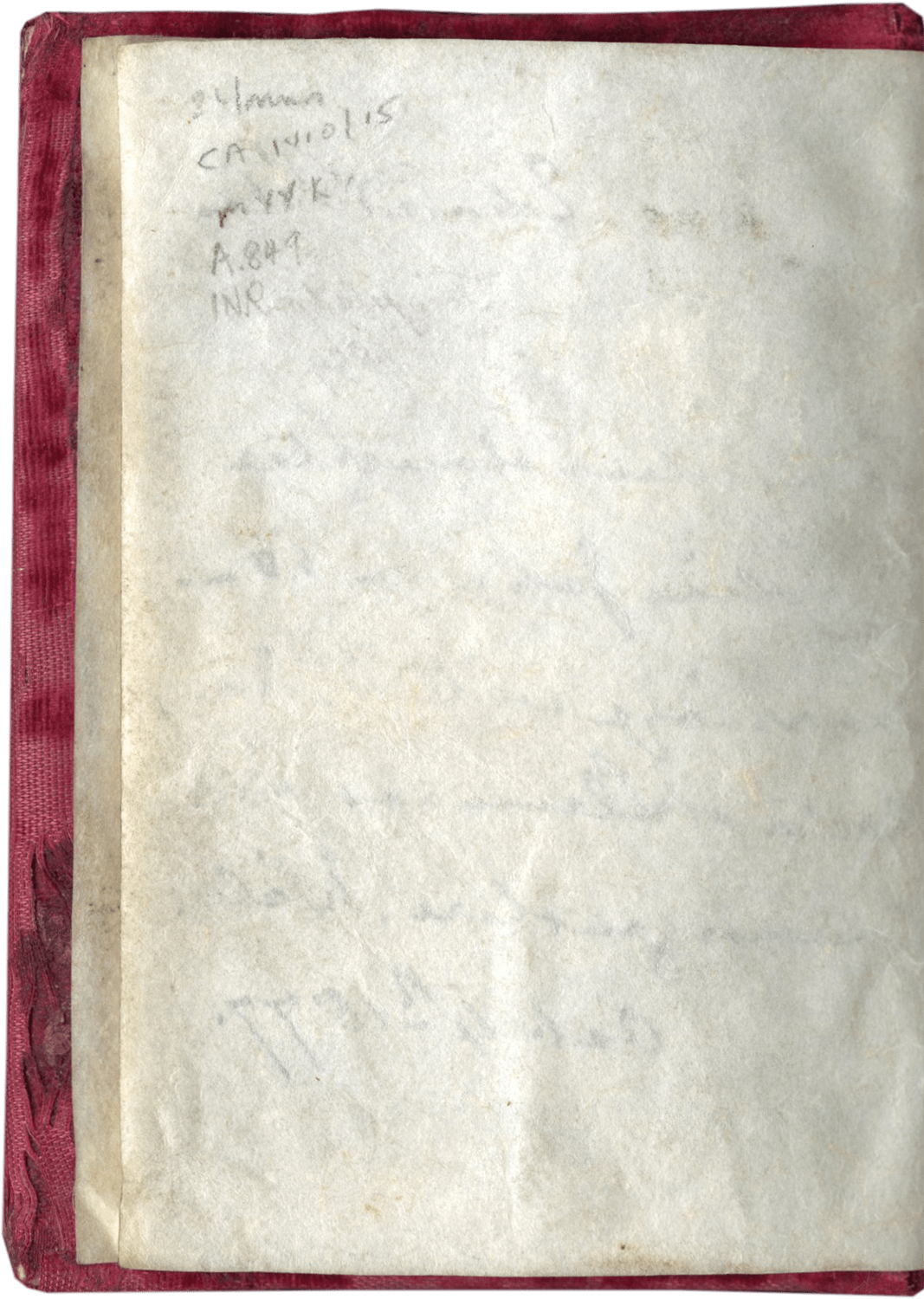

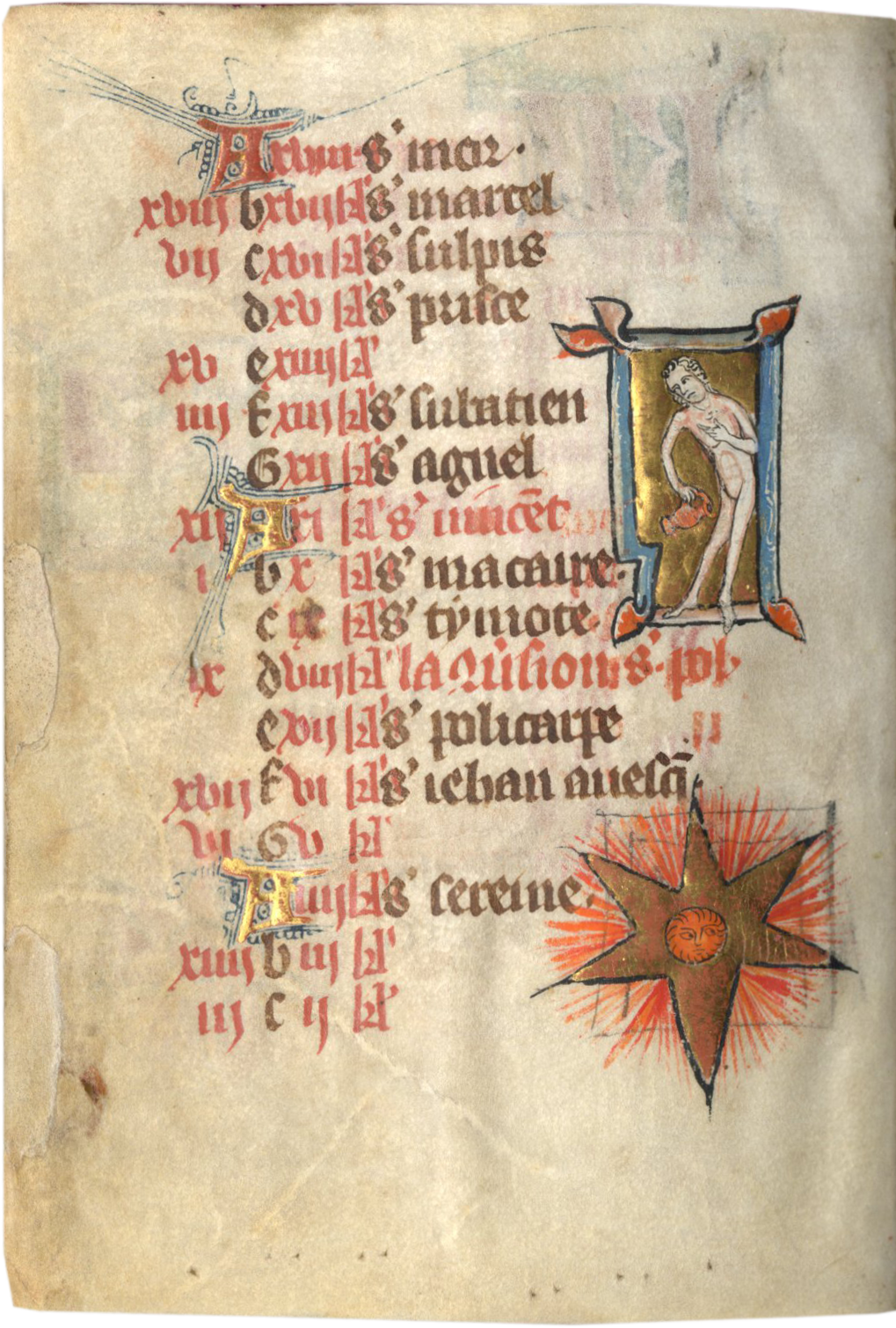





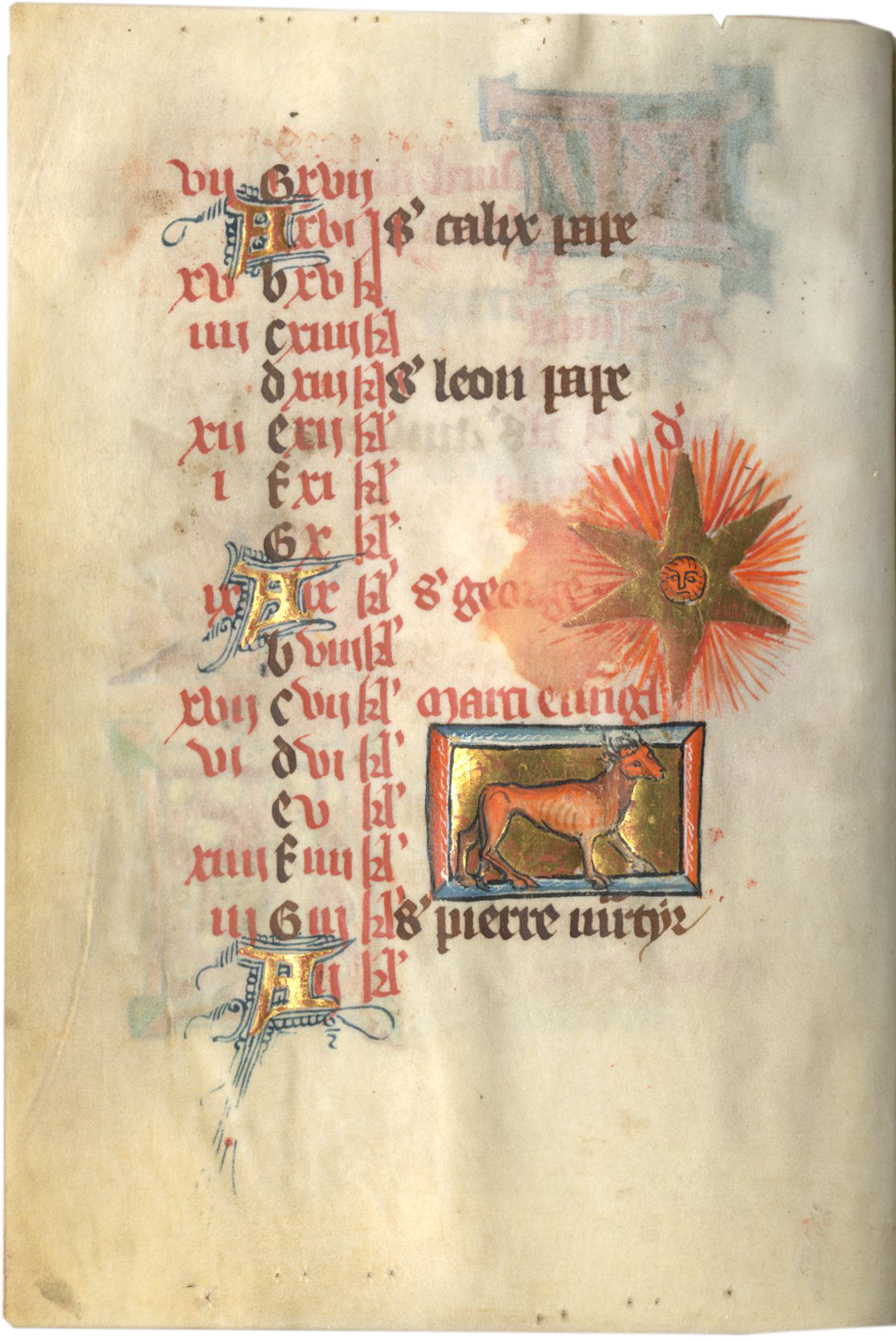
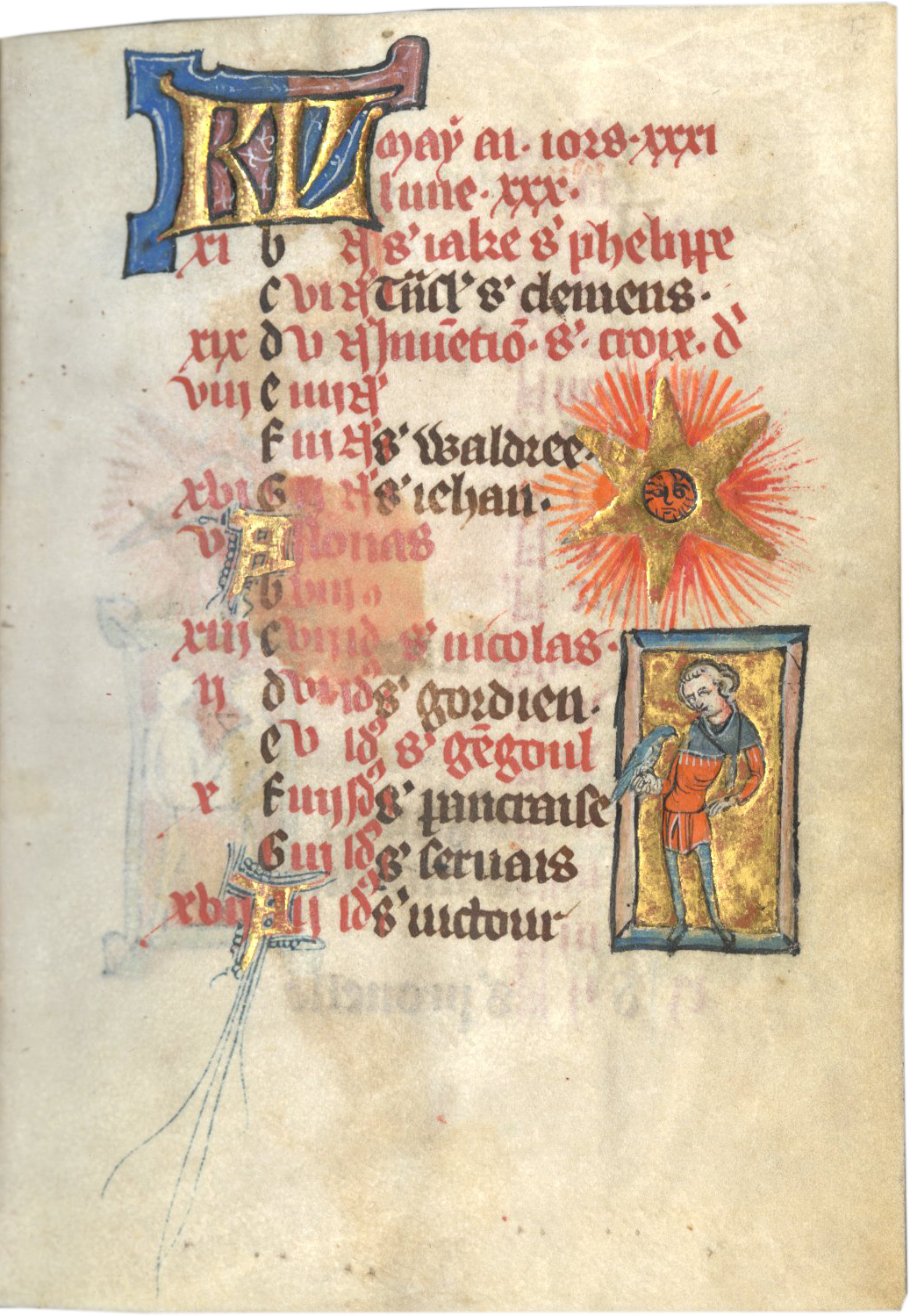
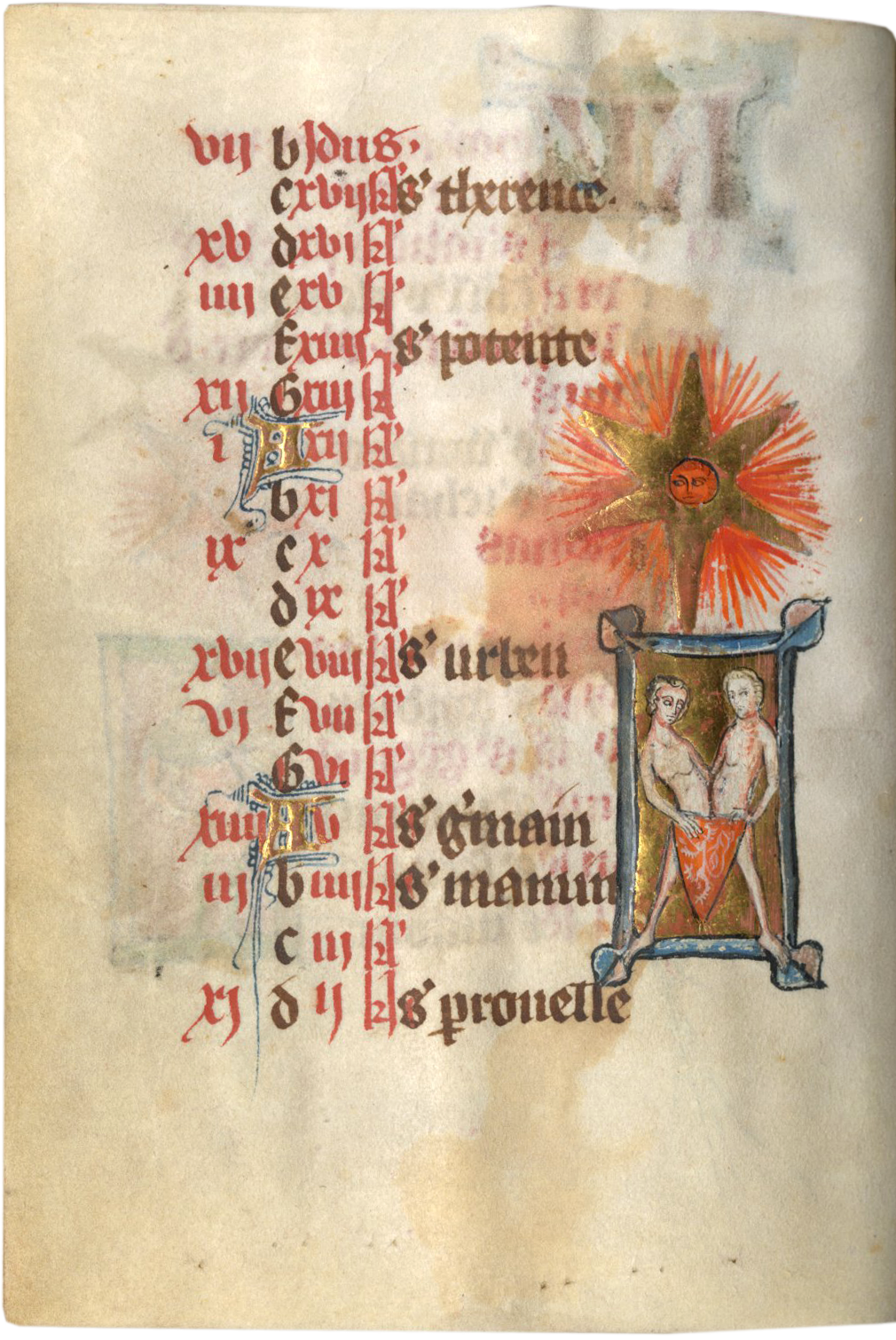


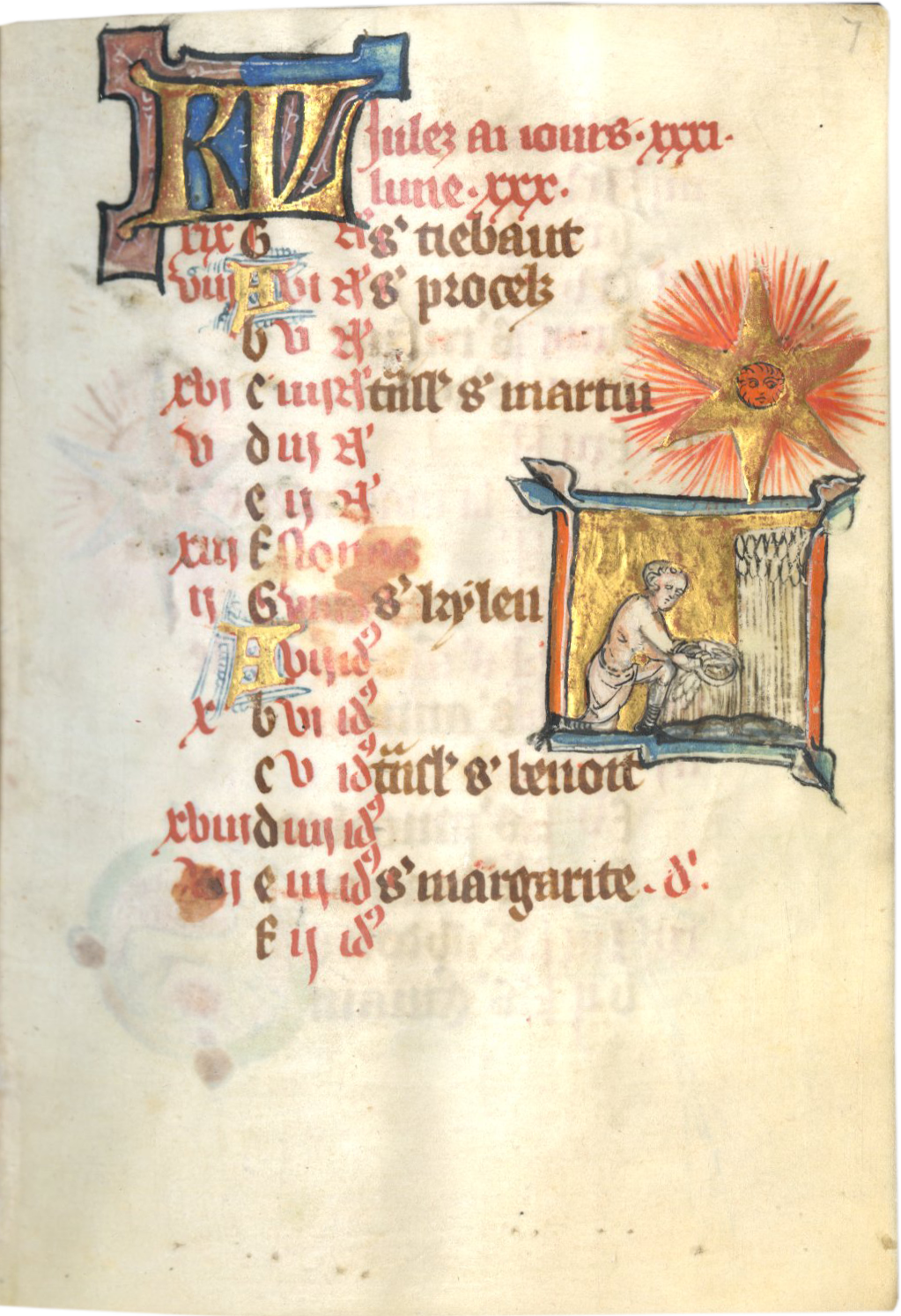
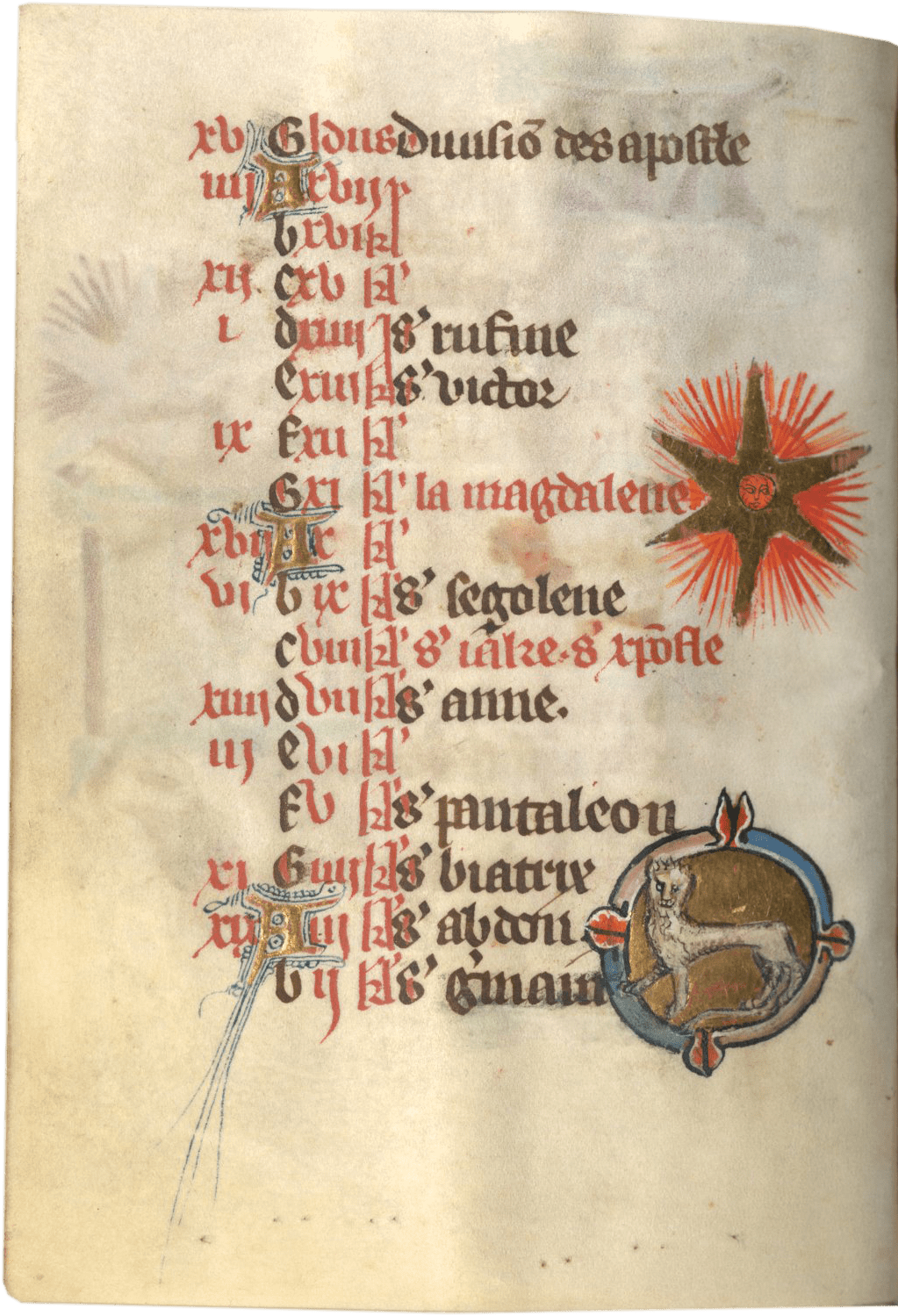

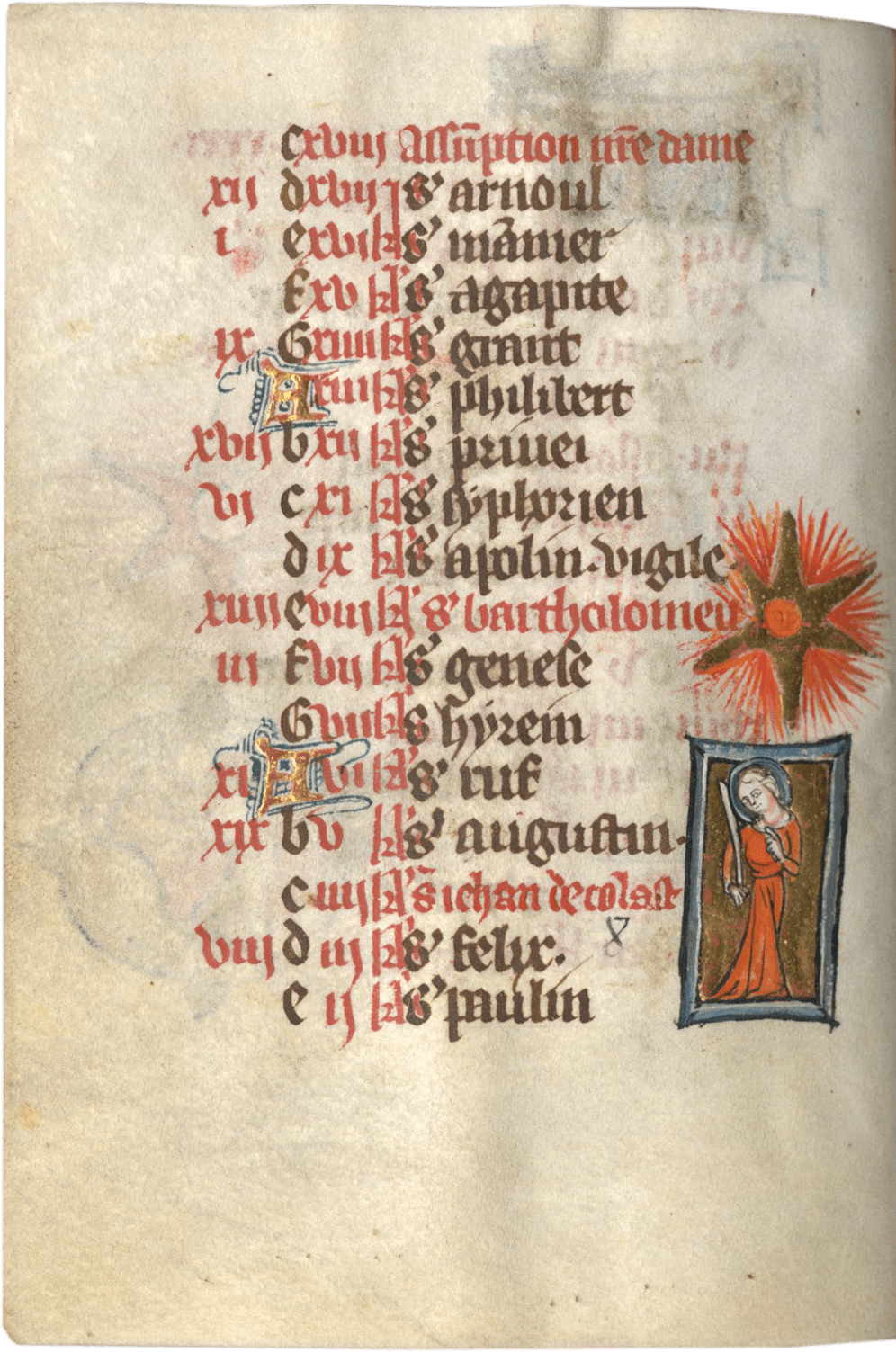
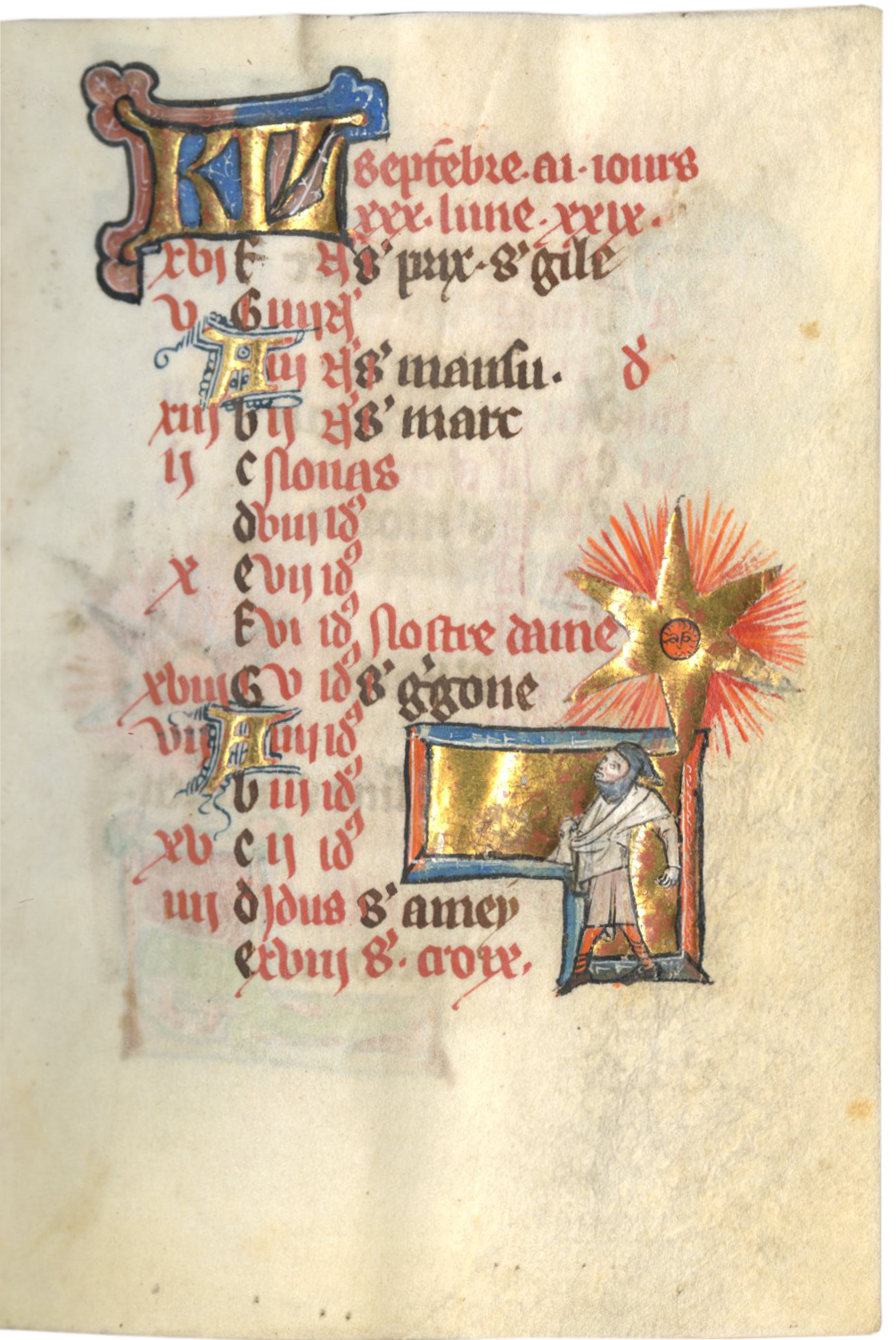
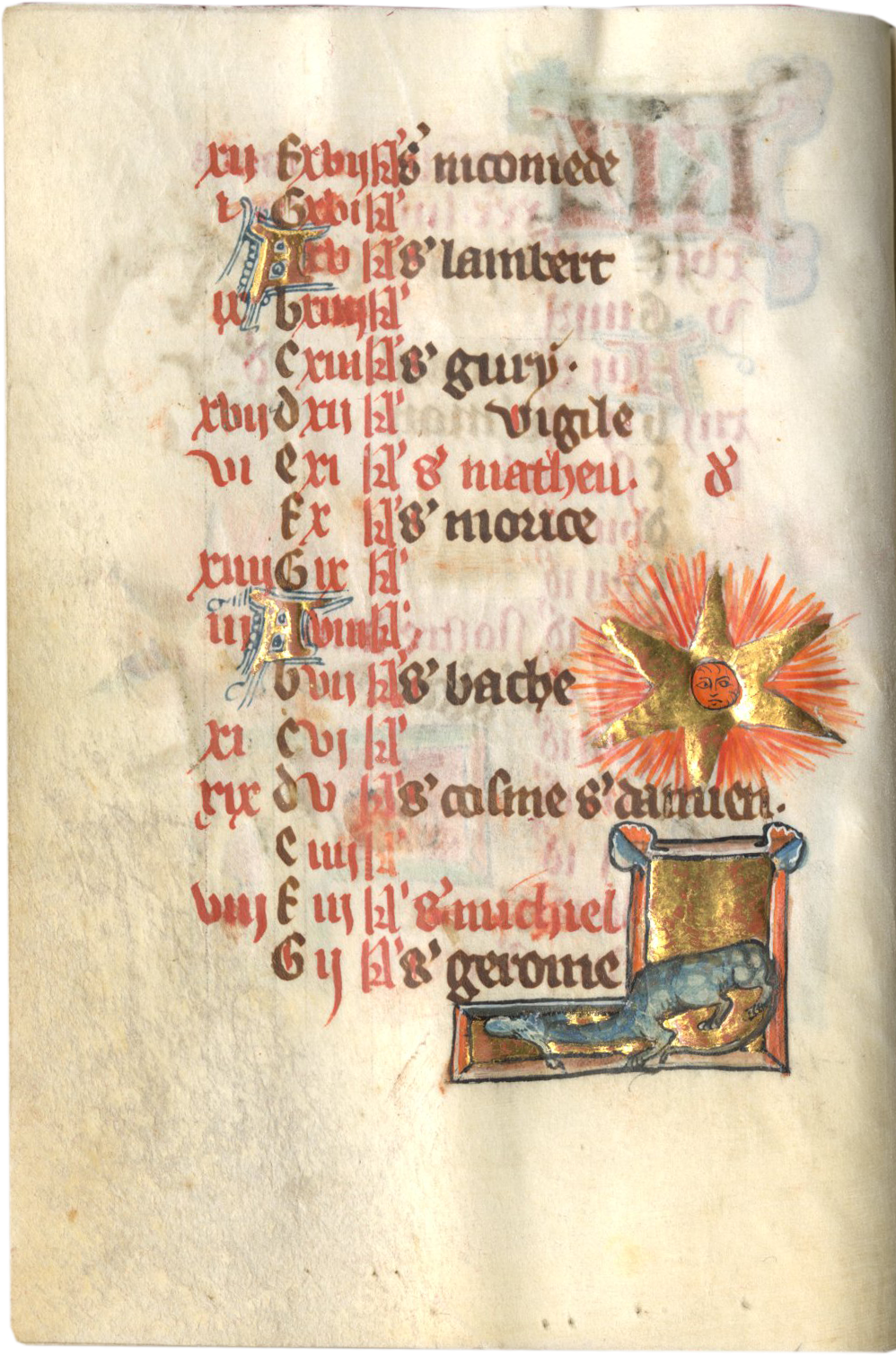
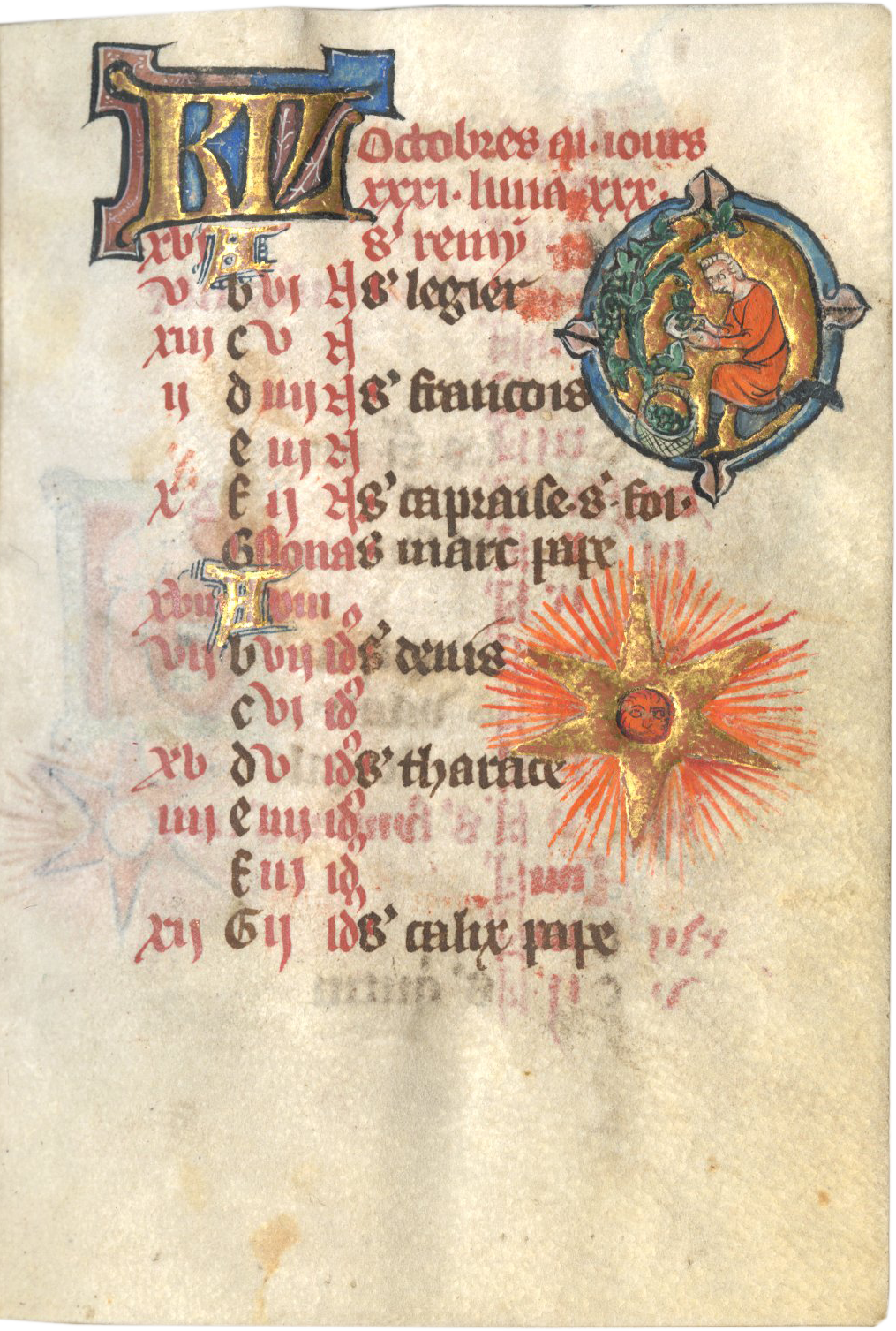




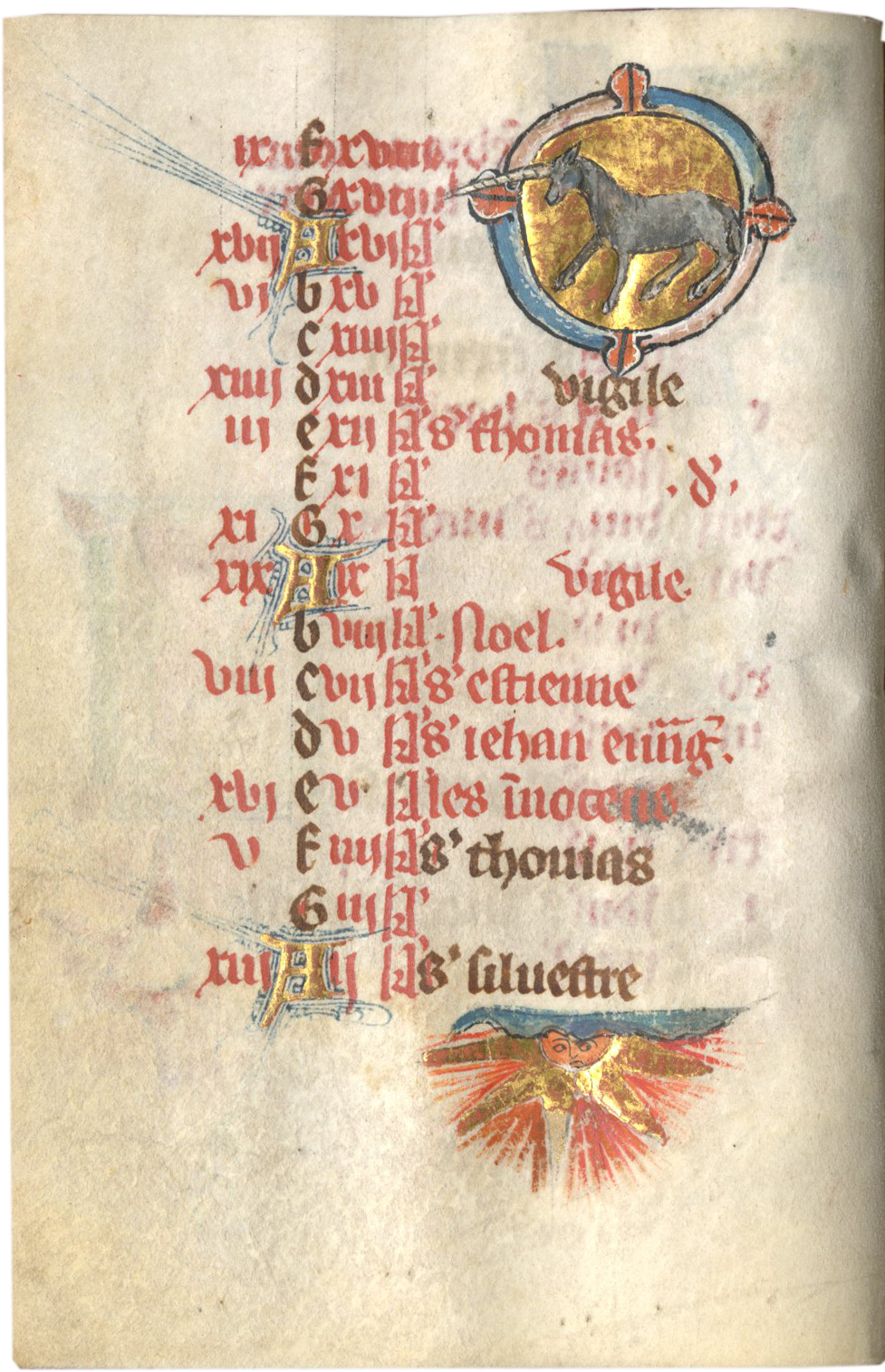


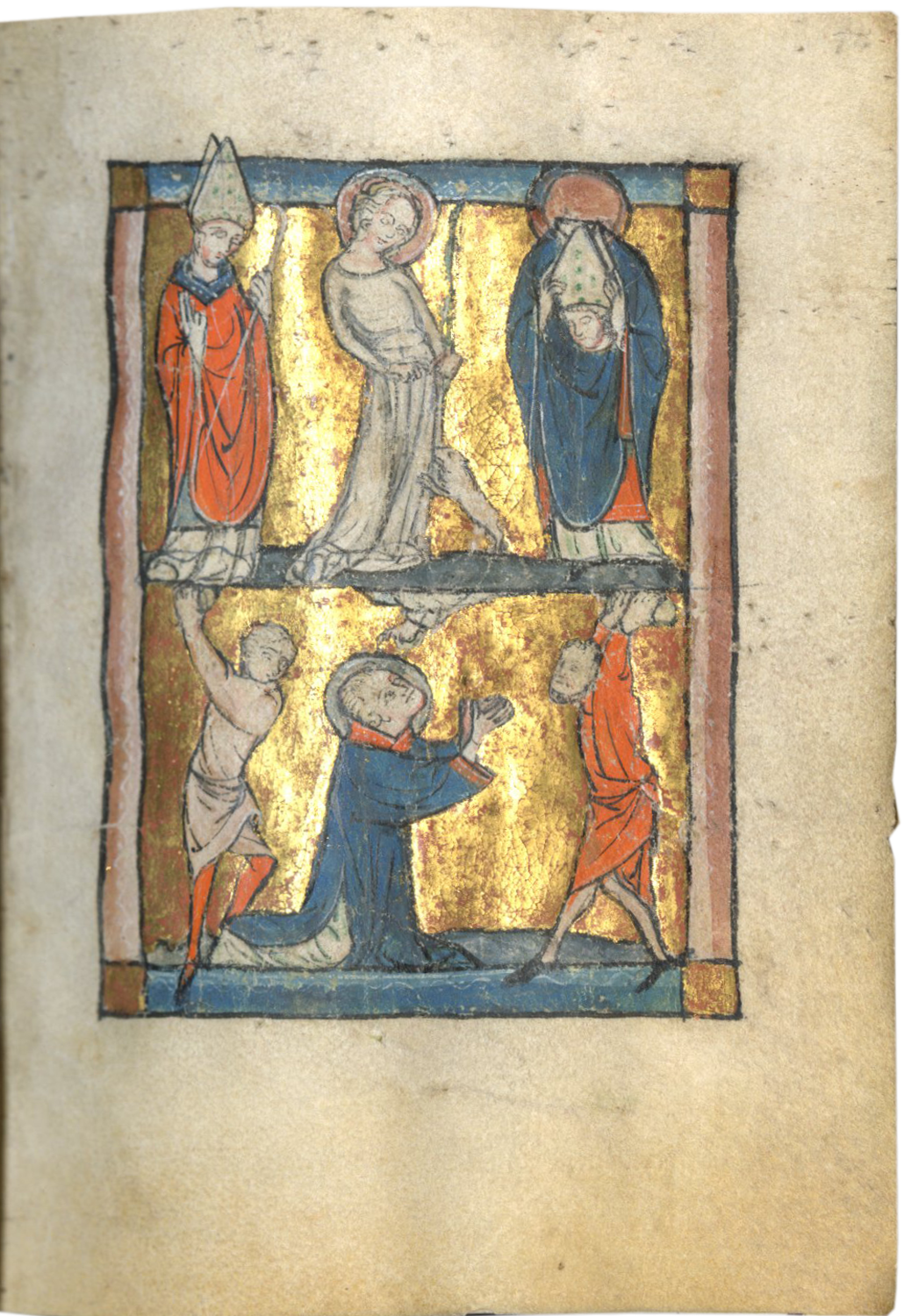
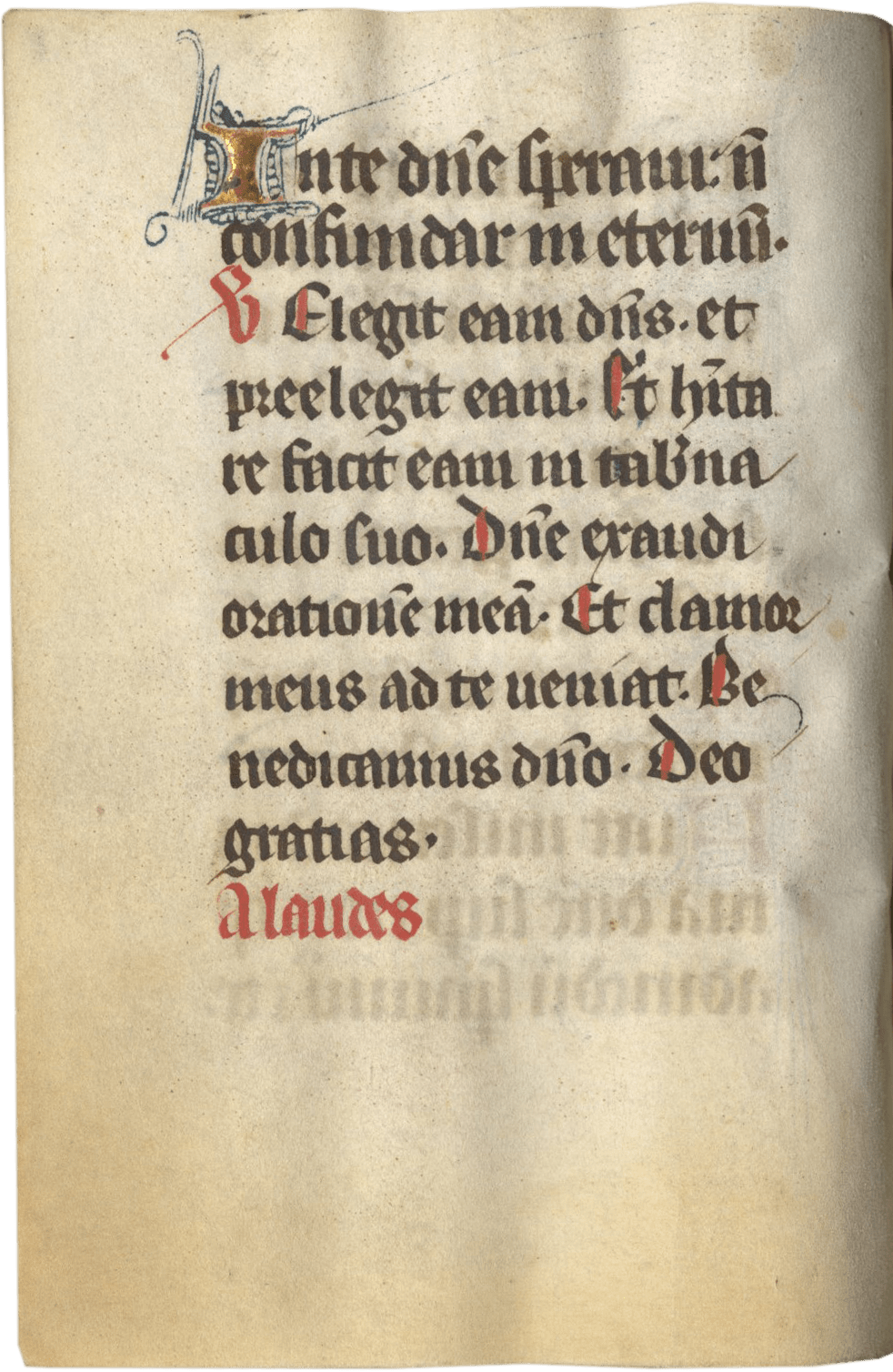
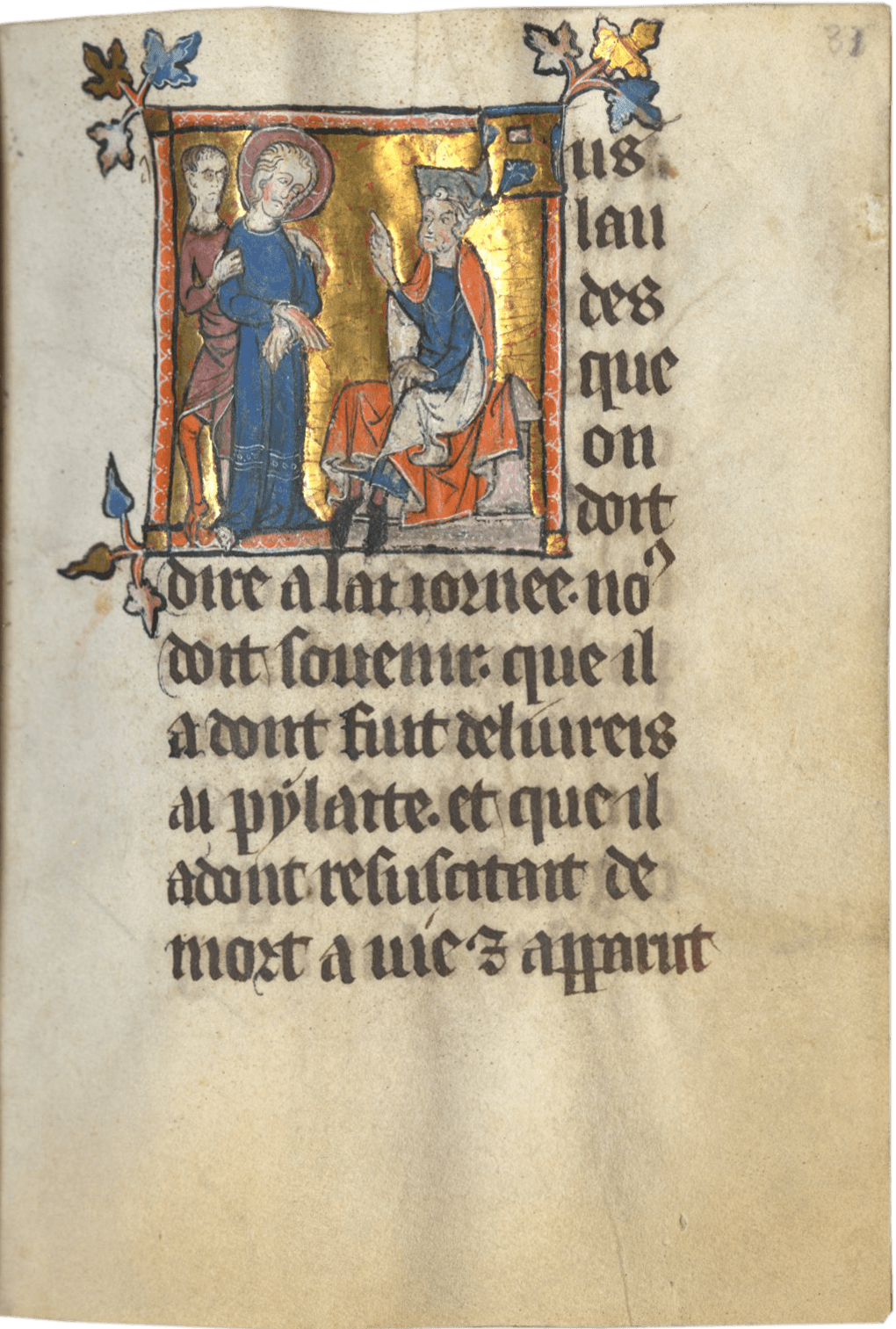

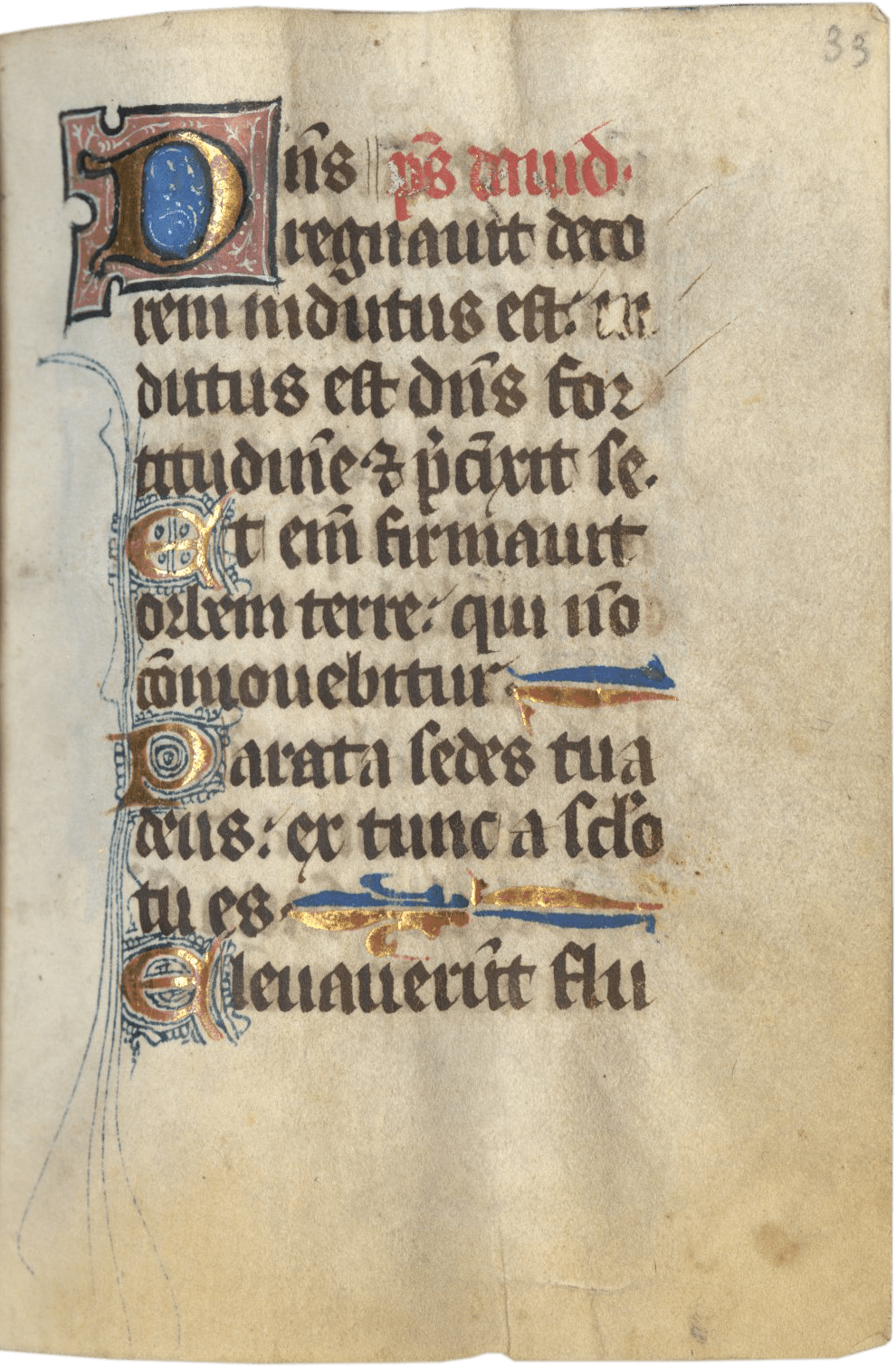

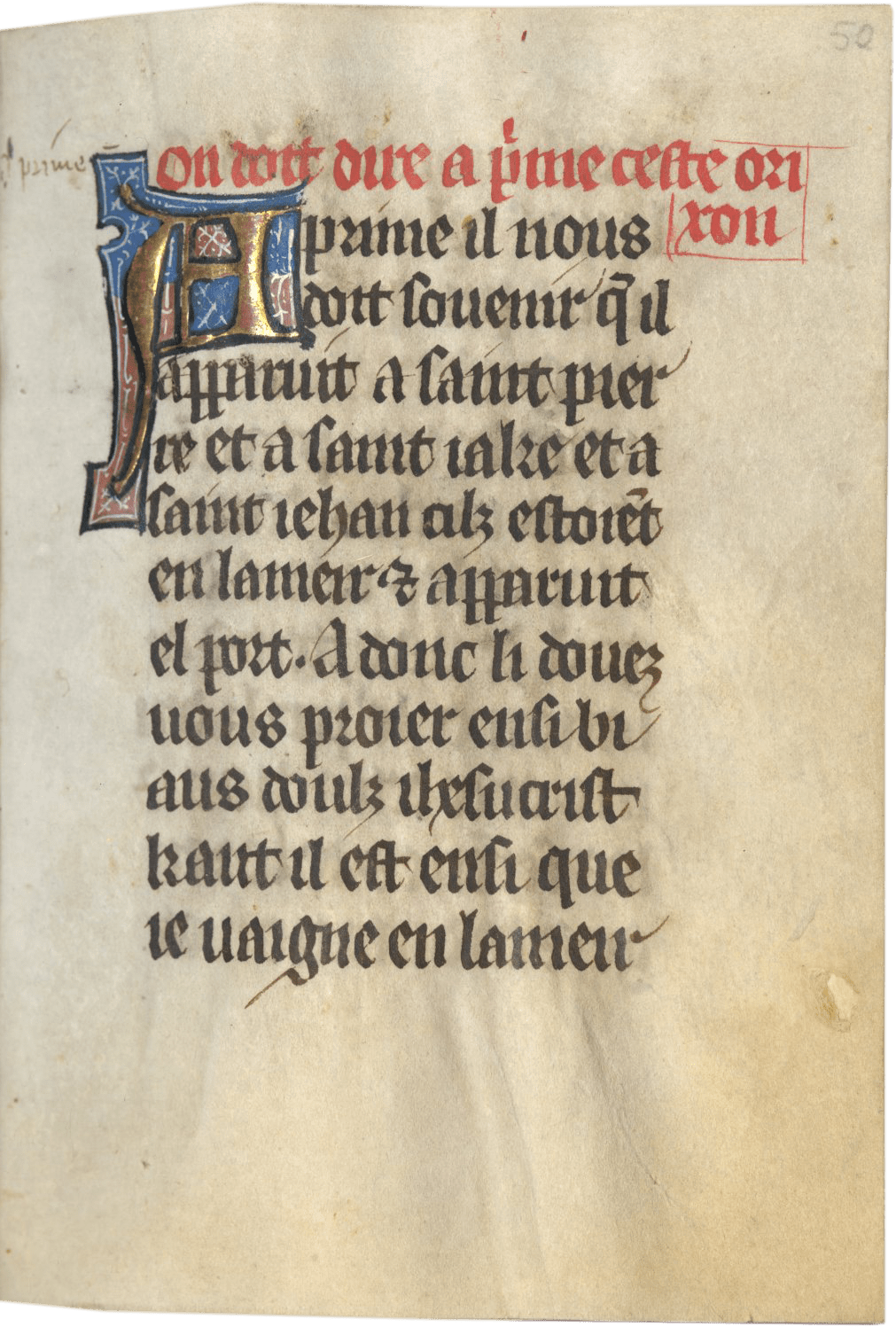


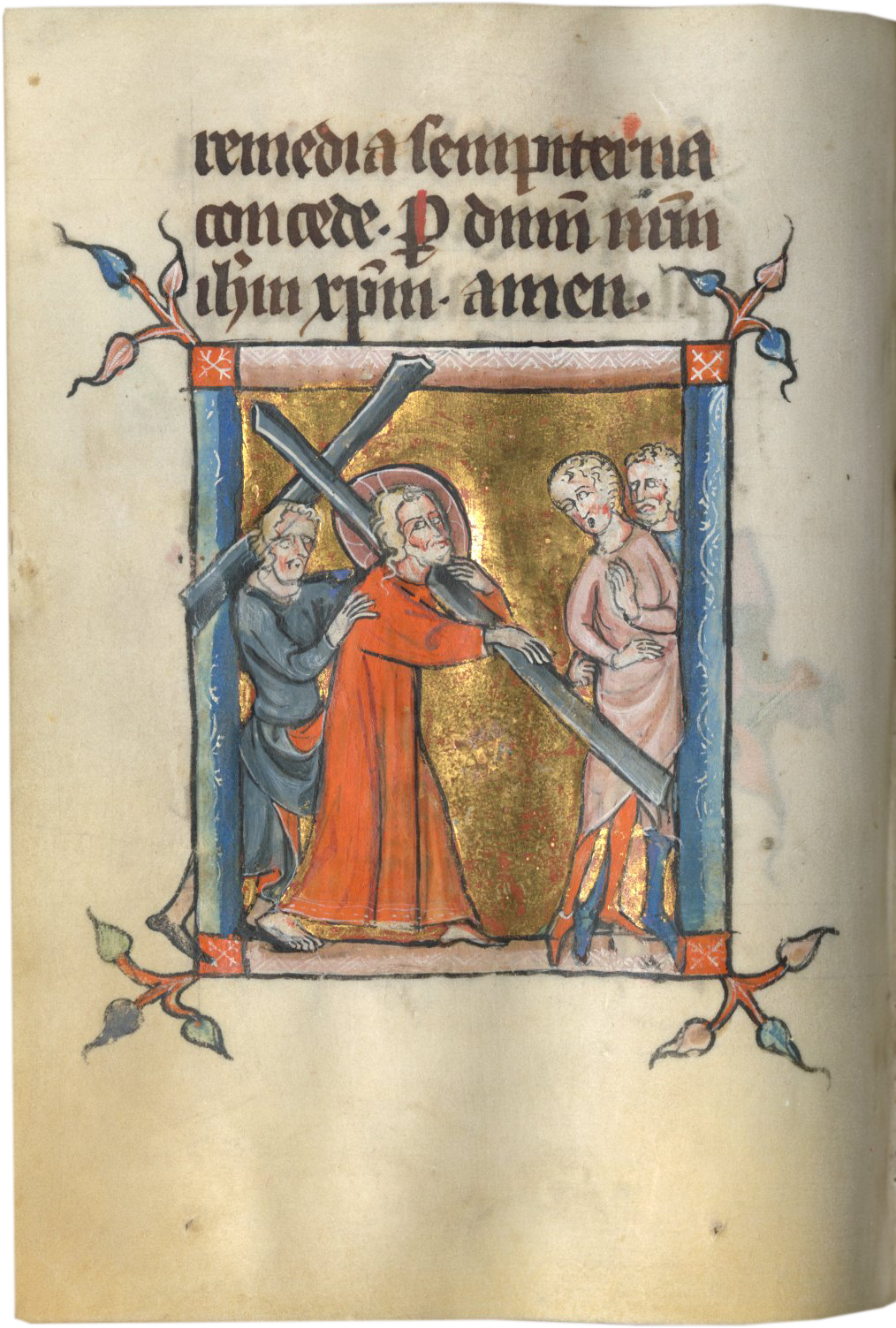
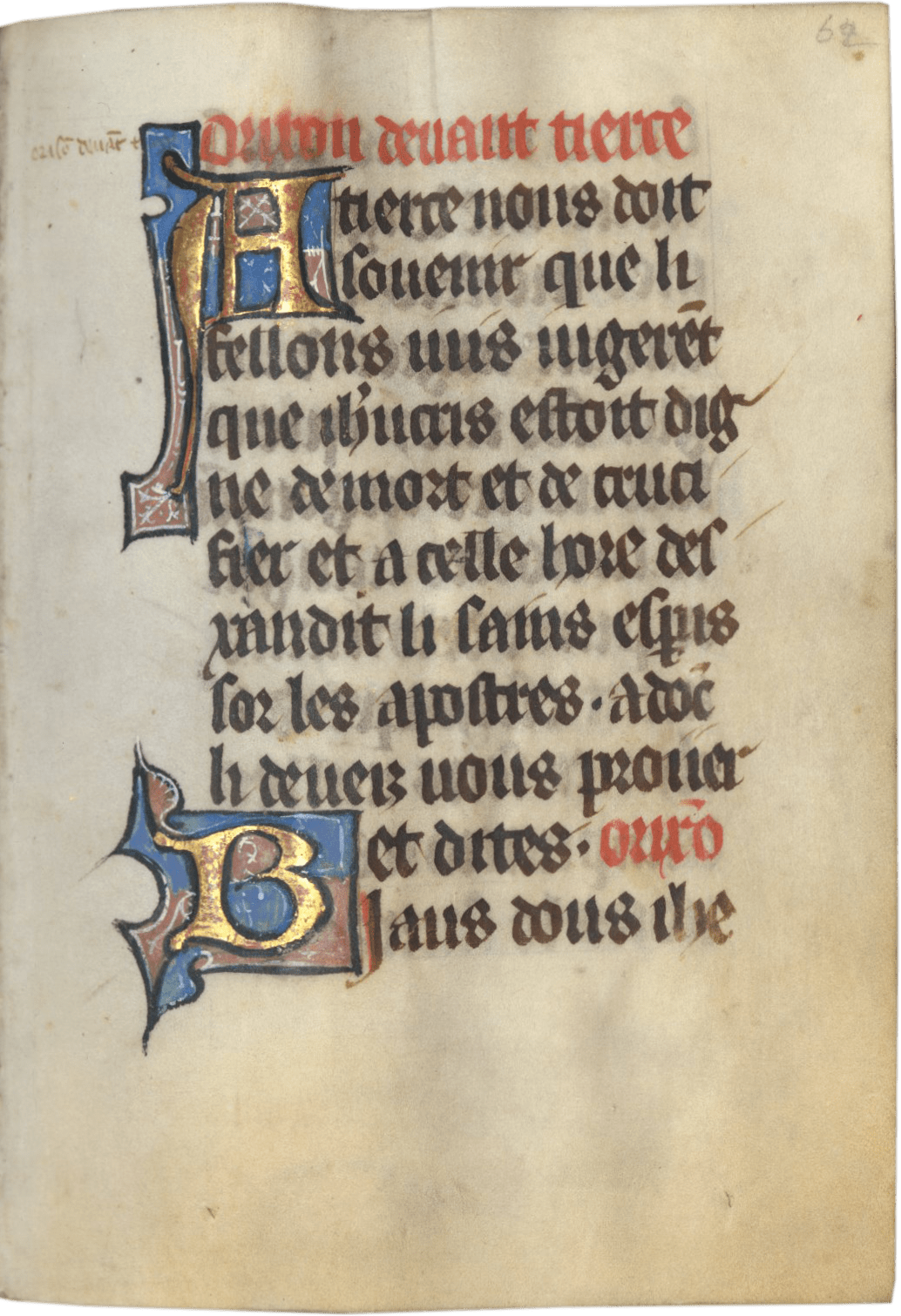


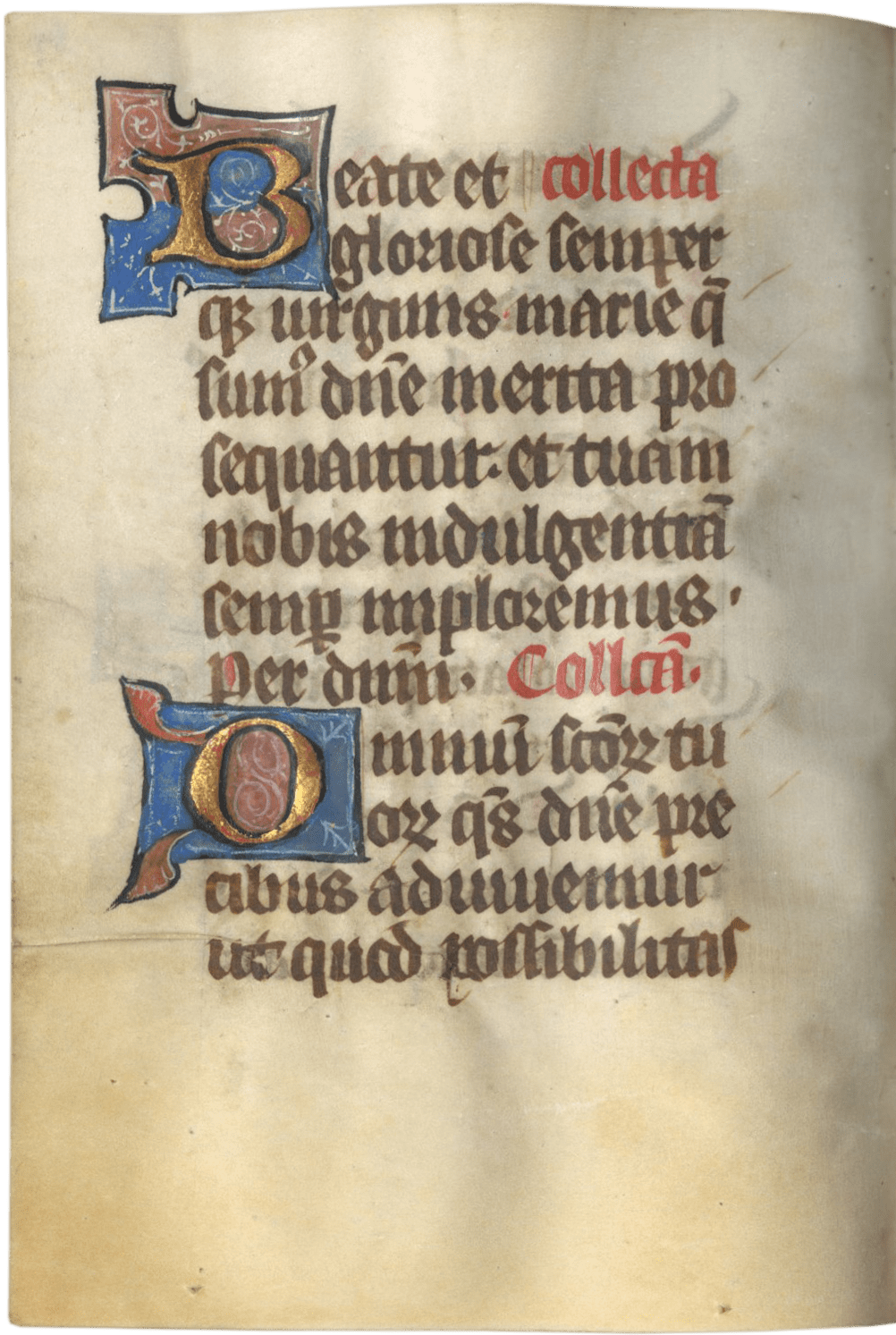
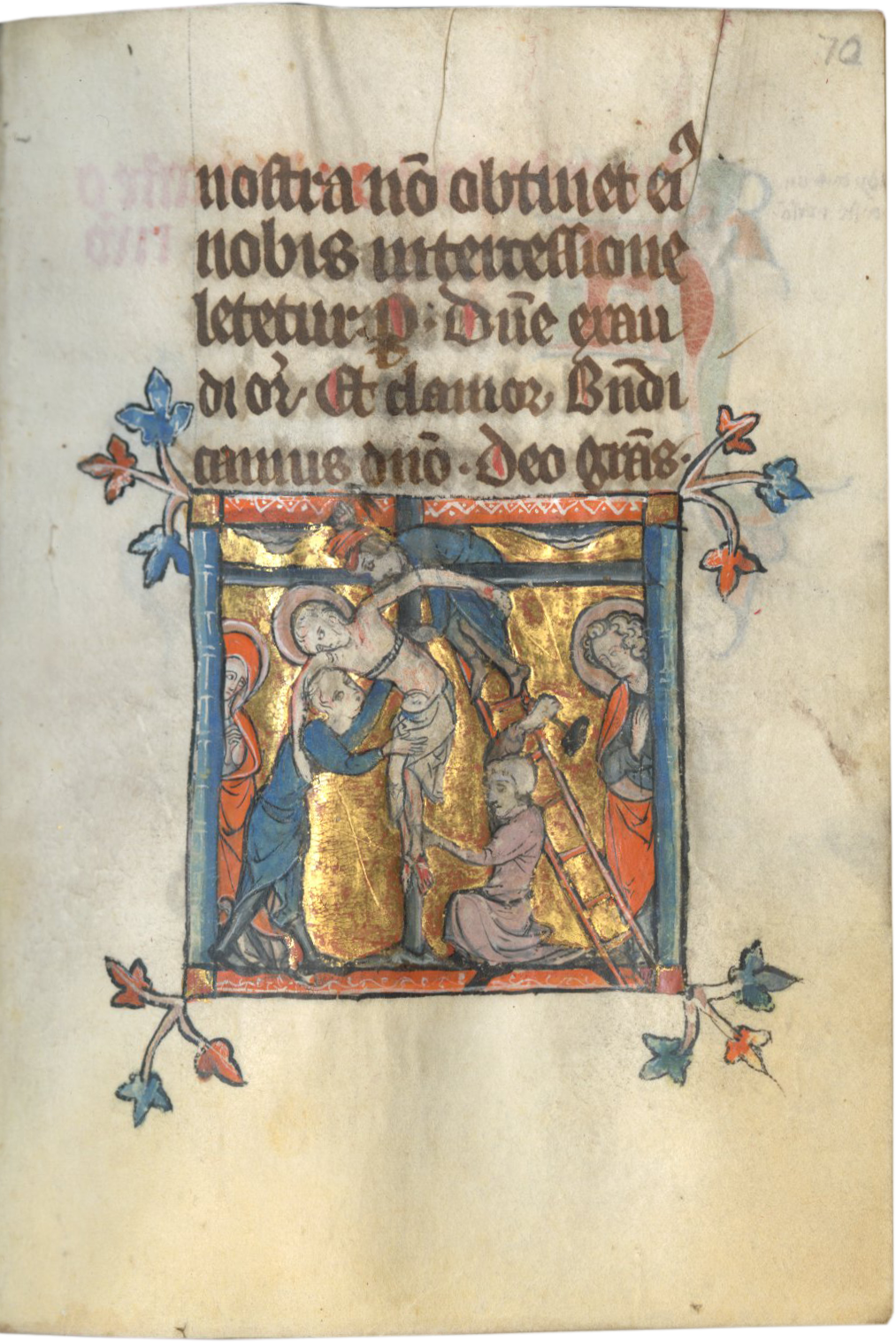







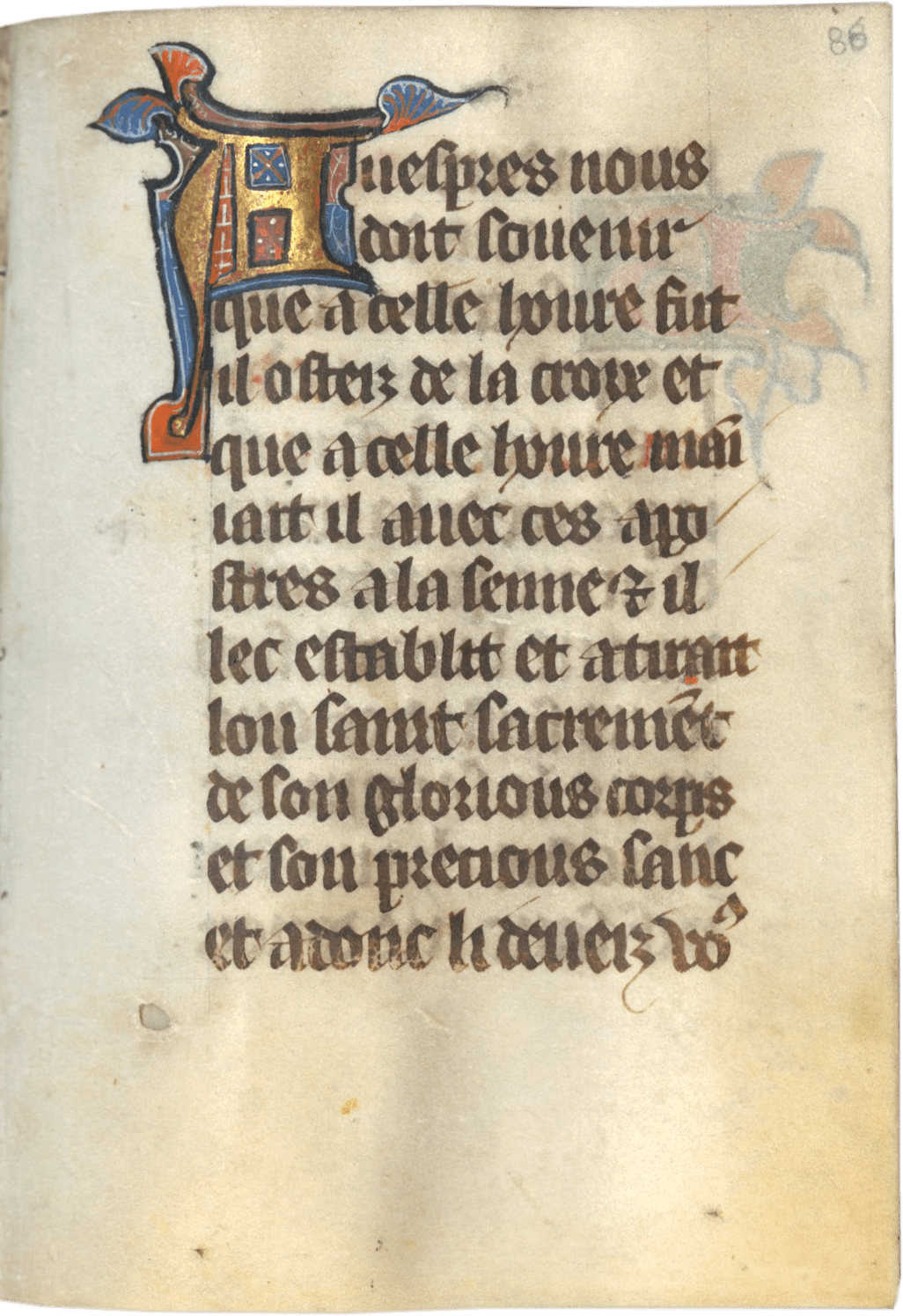
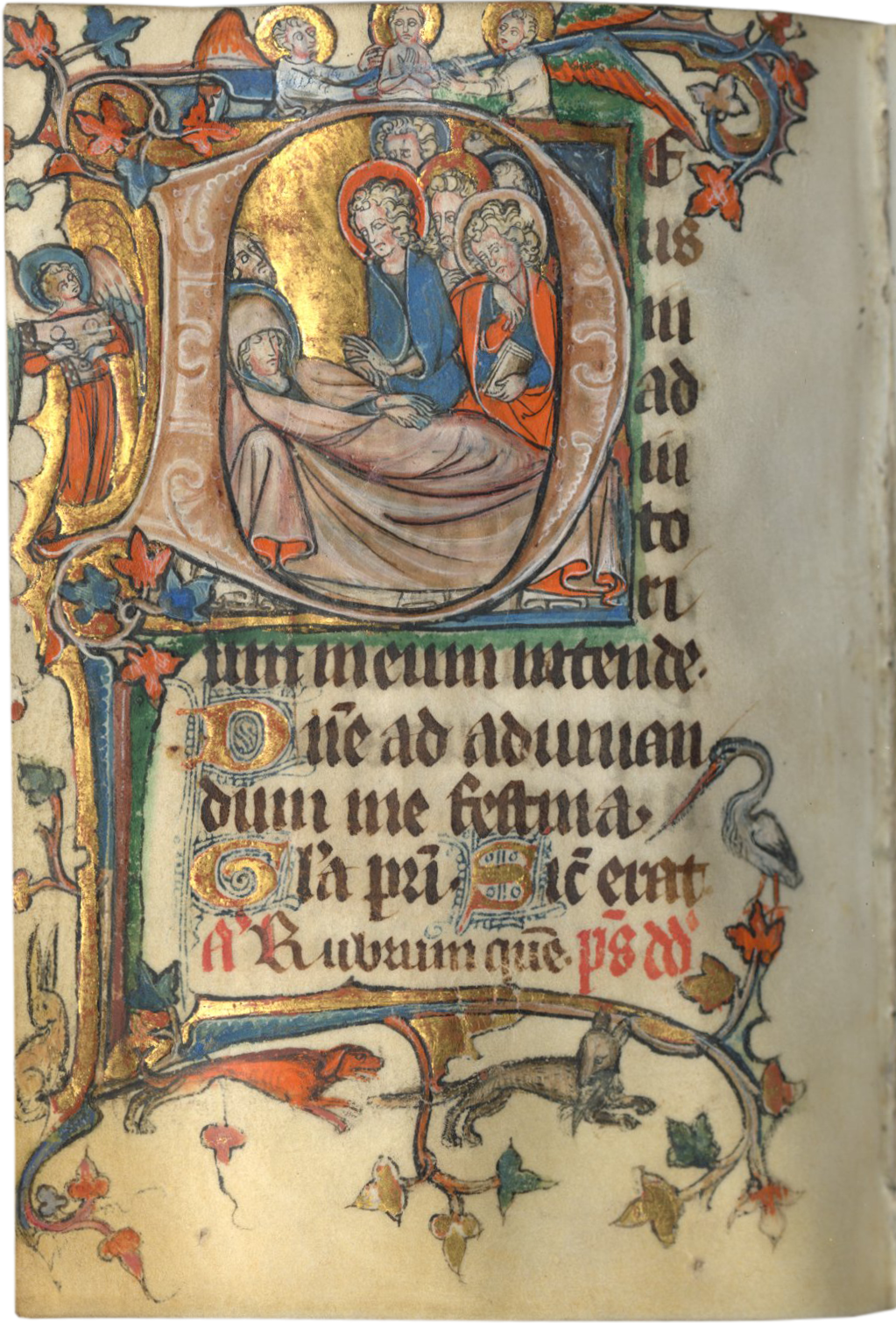
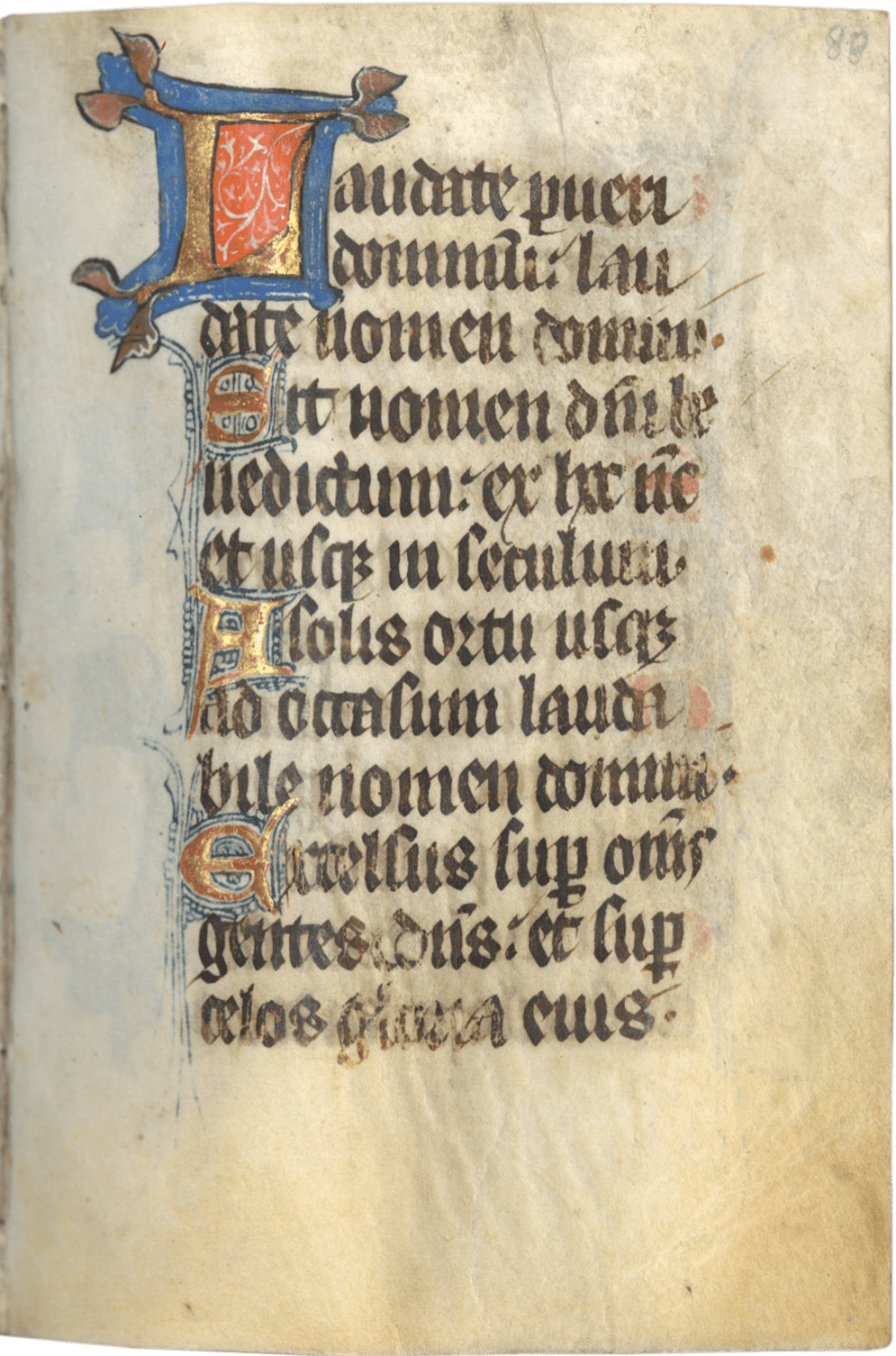
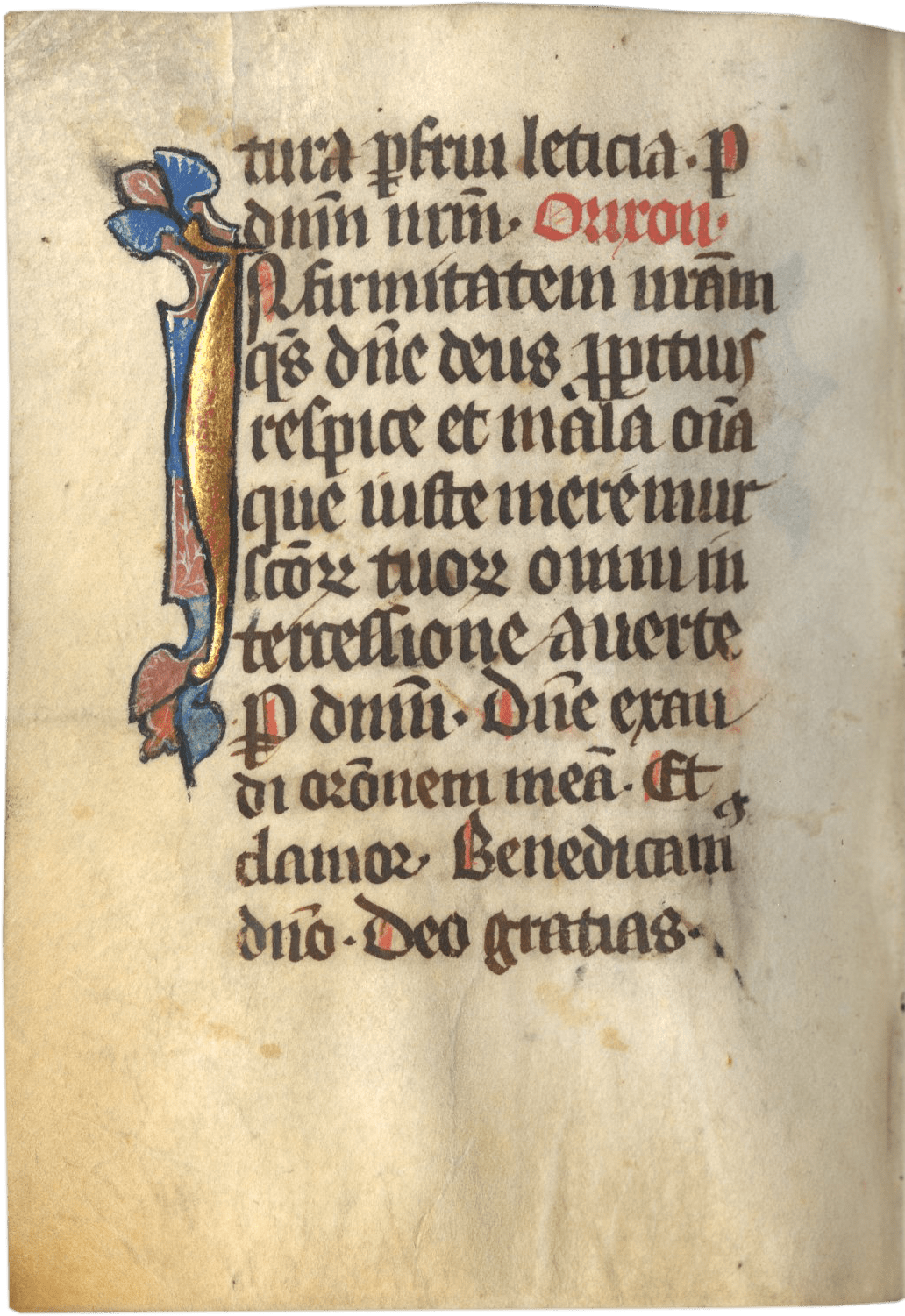

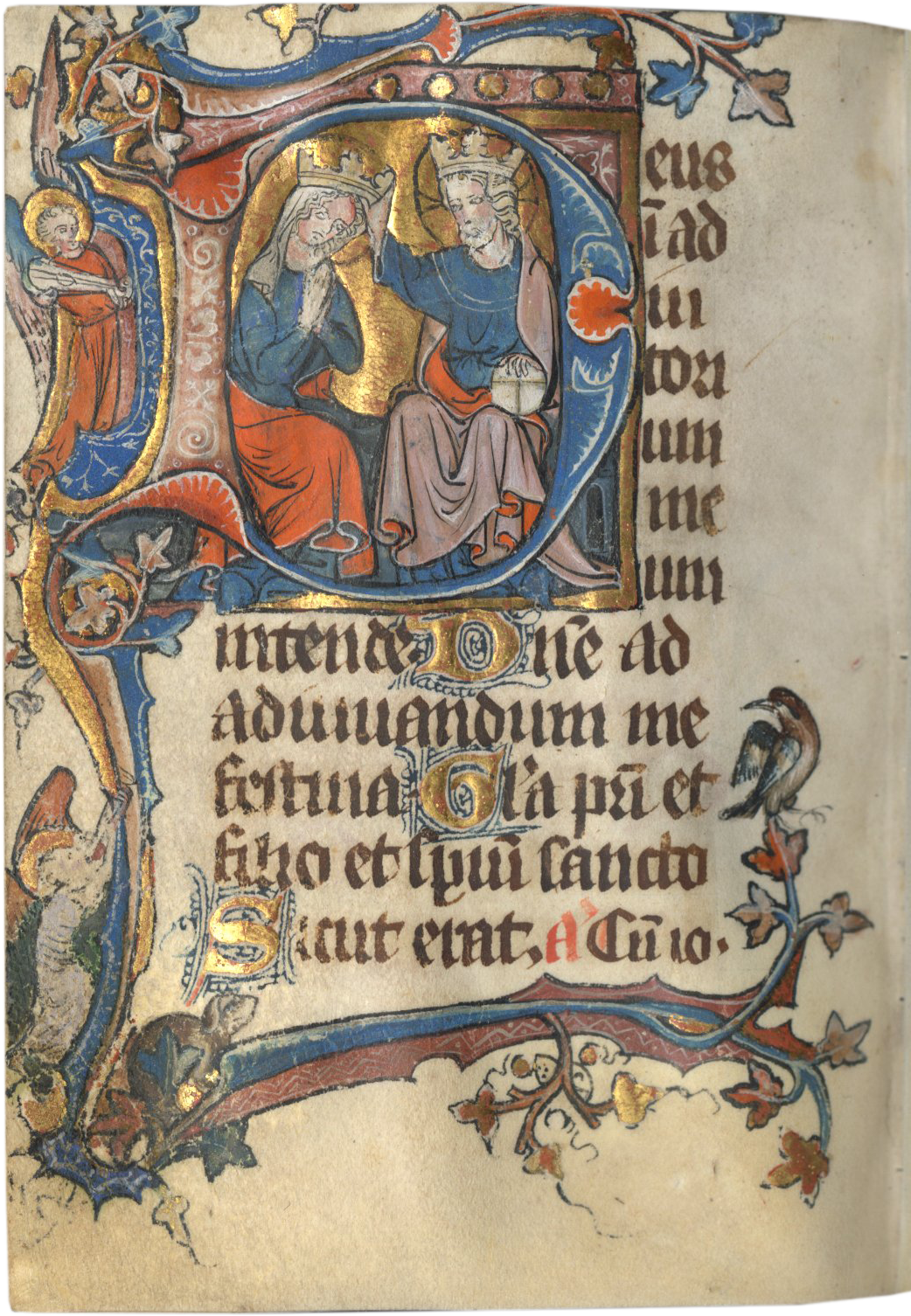



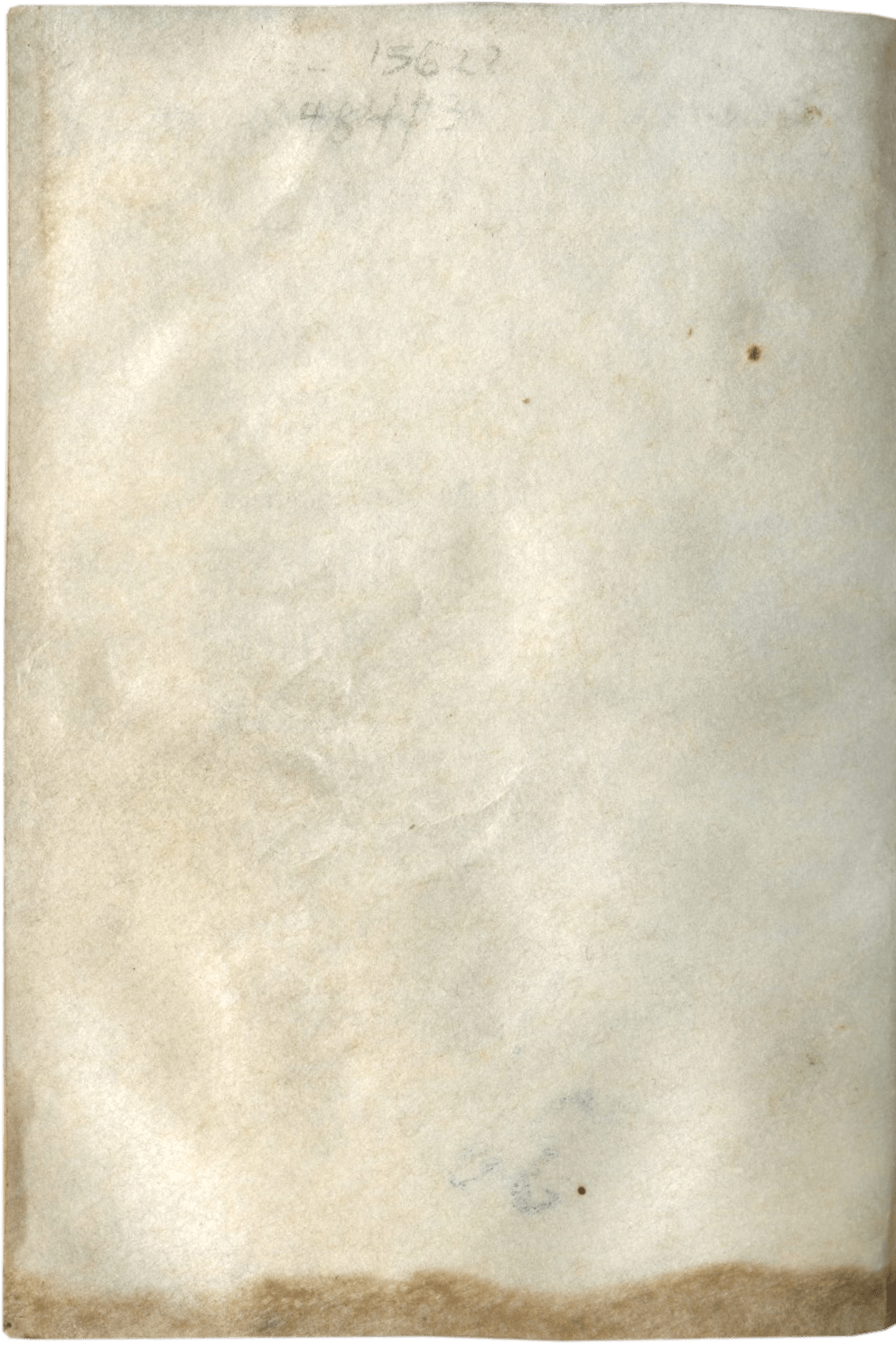


Description
This enchanting Book of Hours is a critical work for the formation of the style of the gifted illuminator known as the Master of the Boethius of Montpellier, who was active in Metz in the mid-fourteenth century and is influenced by the Parisian artists Jean Pucelle and Jean Le Noir. As important for its text as it is for its art, the manuscript preserves an unusual cycle of prefatory prayers in a Lorraine vernacular accompanying the Office of the Virgin. Typical of the artist’s work, delightful marginalia abound, a cat-like lion, a unicorn, hounds, hares, boars, monkeys, and angels playing music. Apart from its brief appearance at auction in 1960 and on the art market c. 1988, the manuscript has long been in an illustrious private collection and deserves further study for its illuminations, its text, and its patronage in this thriving center.
i +110+i folios on parchment, in gatherings of 8 leaves except for 112 (ff. 1-12), 22(ff. 13-14), 32+4 (ff. 15-16, plus ff. 17-20), 47(ff. 21-27) and 153(ff. 108-110), text is written in a gothic bookhand in dark brown ink between 13 horizontals and 2 verticals sometimes ruled in faint grey or brown but usually only scored, prickings survive in the lower margin, rubrics in red, with instructions to the rubricator (e.g., ff. 64 and 70v) sometimes surviving, text capitals are touched red, one-line versal initials are of burnished gold with pen-work flourishing of blue, line-endings, most commonly pairs of horizontal paragraph marks or fleur de lis, are also blue and gold, two-line initials have staves of burnished gold with grounds and infills of blue and pink patterned with white or orange-red, SEVEN LARGE HISTORIATED INITIALS accompanied by borders inhabited with animals and angels opening each hour of the office of the virgin, SEVEN MINIATURES introducing the prayers preceding each hour, TWENTY-FOUR SMALLER MINIATURES and 24 golden suns decorating the calendar, TWO FULL-PAGE MINIATURES forming a votive diptych including the patron with his patron saint, slightly trimmed, tears in ff. 20, 75, 79 and 108. Bound in 17th-century red velvet, spine with raised bands. Dimensions 130 x 90 mm.
Provenance
1. Both the Use of the Hours of the Virgin and the inclusion in the Calendar of many saints venerated in Metz indicate that the manuscript was intended for use in that diocese: the feasts of St. Brice (13 November), and St. Clement, Apostle of Metz (23 November), are in red, and there are eight other bishops of Metz, St. Patience (8 January), St. Sulpicius (17 January), St. Legontius (18 February), St. Terence (16 May), St. Arnoul (16 August), St. Amatus (13 September), St. Goeric (19 September) and Waldrada (5 May) the first abbess of Saint-Pierre-aux-Nonnais at Metz.
The manuscript was made for a man, shown with a sword and kneeling in the scene of St. George and the dragon on f. 13v. His devotion to St. George may identity the saint as his patron. St. Stephen, who is shown in a narrative scene on the facing folio. The presence of St. Stephen is most likely due to the fact that he is the patronymic saint of the Cathedral of Metz, so important to the city that it chose the scene of the stoning for its municipal seal.
It is possible that it is the original owner’s coat-of-arms, gules a lion rampant argent, on the shield held by Gemini on f. 5v. This is the shield of Robert of Thourotte, or Torote (d. 1246), canon of Beauvais, elected bishop of Langres in 1232 (see Mark, 1991, p. 262, n. 3), then bishop of Liege in 1242, and the arms of his successors. It is also the shield of other families located in Burgundy whom Mark identifies, those in York, as well as that of William of Orlastone (see The National Archives, Kew, shelf mark C131/174/43), where the latter is listed as a debtor. In spite of the uncertainty of the identity of the original owner, we have chosen to retain the name of the manuscript as the Thourotte Hours (referred to by Mark as “Christie’s 1960”).
2. Edward Pole (1805-1890); notes on the pastedown and flyleaf record his ownership of the manuscript in 1859 and his gift of the manuscript to his daughter in 1877. She gave it to her son in 1916.
3. London, Christie’s, 28 November 1960, lot 49.
4. Sam Fogg, Catalogue 14, Medieval Manuscripts, 1991. No 11. List price £ 375,000.
5. Private Collection; sold by the heirs.
Text
ff. 1-12, Calendar; [f. 13, blank];
ff. 13v-14, Illuminated diptych; [f. 14v, blank];
ff. 15-110, Office of the Virgin, Use of Metz, with a prayer in French prefacing each Hour except Matins; these prayers are variants of those found in Arsenal, MS 570 (edited, Meyer, 1901), with the exception of Lauds which here is worded differently, and Sext, which is not found in the Arsenal manuscript. These prayers and the cycle of miniatures that accompany them link the Office of the Virgin with the Passion cycle. Written in a dialect found in Lorraine, the text of the prayers is important not only for its para-liturgical significance but also for the development of regional vernaculars in France.
f. 15, Matins, beginning imperfectly
ff. 30v-32 [prayer, rubric on f. 30v, text and miniature beginning f. 31], A laudes, incipit, “Lus laudes que on doit dire a lai iornee uo[us] doit souenir … Et autre tel ie uous pri por mes amis”; ff. 32v, Lauds;
Prayer edited in Meyer, 1901, pp. 45-46, is similar in content, but with different wording.
ff. 50-52, [prayer, with its miniature on f. 49v], On doit dire a prime ceste orixon, incipit, “A prime il uous doit souenir que il apparuit a saint pier et a saint iake et a saint iehan … et por toutes mes amies, Amen; f. 52v, Prime;
Prayer ed. Meyer, 1901, p. 46.
ff. 62-64, [prayer, with its miniature on f. 61v], Orixon dauant tierce, incipit, “A tierce uous doit souenir que li felons iuis [sic, for iuifs] iugerent …, Orixon, Biaus dous ihesuscris … et por toz mes biens faitours; f. 64, Terce;
Prayer ed. Meyer, 1901, p. 47.
ff. 70v-74v [prayer, with its miniature on f. 70], [Ameydi?] doit on dire cest orixon, incipit, “A donc uous doit il souenir que a celle houre fut li doulz ihesu cris leuez …, Orixon, Biau dous ihesu cris ie uou pri …; f. 74v, Sext;
Prayer not found in Meyer, 1901.
ff. 78-79v, [Prayer], On doit dire ceste orixon deuant none, incipit, “Il uous doit souenir a celle houre que ihesu …; f. 80, None;
Prayer ed. Meyer, 1901, pp. 47-48.
ff. 85v-87, [Prayer], On doit dire ceste orixon a uespres, incipit, “A uespres uous doit souenir que a celle houre fut osteiz de la croix …”; f. 87v, Vespers;
Prayer ed. Meyer, 1901, p. 48.
ff. 99-100, [Prayer], A complie doit on dire cest orixon, incipit, “A donc uous doit il souenir …”; ff. 104v-110, Compline; [f. 110v, blank].
Prayer, ed. Meyer, 1901, pp. 48-49.
Illustration
This handsome manuscript was illuminated in Metz around 1340 in the same workshop as the Consolation de Philosophie in Montpellier (Bibliothèque de la Faculté de Médecine, MS H43) and a Book of Hours in Paris (Bibliothèque de l’Arsenal, MS 570); see Ecriture et enluminure en Lorraine …, 1984, nos 81 & 82, pp. 123-125, and Online Resources. Not only are the decoration, drapery and expressive figure style generally comparable (fig. 1) but the program of illustration in the present manuscript matches that of the Hours in Paris: the Calendars of both include the same series of labors and zodiac signs with the representation of Sol showing the height of the sun throughout the months of the year (fig. 2). Textually, both manuscripts are clearly related, and share the closely related vernacular prayers introducing each of the Hours of the Virgin, an unusual feature. The manuscripts of this workshop are amongst the finest and earliest produced in Metz during this period and the style displays the mixture of northern French and English influence characteristic of Metz illumination of the fourteenth century. Influence of Jean Pucelle and Jean Le Noir has been noted in his art by Franςois Avril, among others (Fastes du gothique, 1981). A renewed study of the artist’s work would be desirable, particularly in the light of new material available over the last three decades.
Each month of the calendar occupies two pages, both with miniatures and a golden sun and with the appropriate labor on the recto and the zodiac sign on the verso. A special feature here is the small sun positioned on the page to show the relative height of the sun throughout the year. The sun consists of a tiny face within a six-pointed star of gold, from which emanate red hairline rays. The sun is positioned at the bottom of the page in January, gradually ascending to its highest point on 18 June (f. 6v), then falling low at the end of December.
The subjects of the miniatures are:
f. 1, January: a figure standing behind a table drinking from two cups. The figure should have been Janus but, no doubt misunderstanding the model he was following, the illuminator painted only one face and one of the cups is raised to the back of the man's head.
f. 1v, Aquarius;
f. 2, February: a seated figure holding a key in each hand;
f. 2v, Pisces: two blue fishes biting on a piece of green seaweed;
f. 3, March: a peasant pruning;
f. 3v, Aries;
f. 4, April: a peasant catching blossoms in his skirt;
f. 4v, Taurus;
f. 5, May: a standing nobleman with a hawk on his wrist;
f. 5v, Gemini: two naked figures, a man and a woman (the patrons?) each with only one leg, behind a shield gules, a lion rampant argent;
f. 6, June: a peasant scything;
f. 6v, Cancer: a crayfish;
f. 7, July: a kneeling peasant cuts wheat with a sickle;
f. 7v, Leo, a cat-like lion;
f. 8, August: a peasant threshing wheat;
f. 8v, Virgo;
f. 9, September: a peasant sowing;
f. 9v, Scorpio;
f. 10, October: a peasant gathering grapes;
f. 10v, Libra;
f. 11, November, a peasant swinging a mallet to slay a boar;
f. 11v, Sagittarius;
f. 12, December: a seated man warming his hands and feet at a fireplace;
f. 12v, Capricorn: a unicorn
The saints in the two registers of the full-page miniatures are:
f. 13v St. John the Baptist, St. Clement and St. Antony above St. George and the dragon with a knight, the donor, kneeling in prayer on the right;
f. 14, A bishop saint (Goeric?), St. Agnes and St. Denis above the Stoning of St Stephen
Each Hour of the Office of the Virgin is illustrated with a miniature of the Passion, above the opening of the prefatory prayer in French, and an historiated initial of the Life of the Virgin, which opens the Hour. Three-sided borders of tendrils with trefoil leaves and cusped bars containing birds, beasts and angels extend from the historiated initials.
The subjects of these miniatures and initials are:
f. 31, Christ before Pilate (miniature);
f. 32v, Visitation (Lauds) (historiated initial), in the margin angels, censing, playing the lute, a dog, hound, hare, and monkey;
f. 49v, Flagellation (miniature)
f. 52v, Nativity (Prime) (historiated initial), in the margin an angel with a scroll, an ape, hound, and stag;
f. 61v, Christ Carrying the Cross (miniature);
f. 64, Circumcision (Terce) (historiated initial), in the margin an angel with a viola, and a wild boar;
f. 70, Christ Nailed to the Cross (miniature);
f. 74v, Adoration of the Magi (Sext) (historiated initial), in the margin angels, on trumpeting, a hound, bird, rabbit and unicorn;
f. 78, Crucifixion with the Virgin and John the Evangelist (miniature);
f. 80, Presentation in the Temple (None) (historiated initial), in the margin, a hound looking up at an angel;
f. 85v, Deposition (miniature);
f. 87v, Death of the Virgin (Vespers) (historiated initial), in the margin, an angel playing the psaltery, a rabbit, hound, fox, and heron;
f. 99, Anointing the Body of Christ (miniature);
f. 104v, Coronation of the Virgin (Compline) (historiated initial), in the margin, angels playing the lute and the trumpet.
The plentiful marginal illustration is enchanting, a characteristic of this artist: angels censing, playing the lute, dogs, hares, monkeys, a wild boar, a unicorn, a rabbit, a heron. The zodiac sign Leo resembles a domestic cat, and Capricorn is a unicorn.
The present manuscript has been studied by Mark, 1991, whose unpublished dissertation details the volume’s importance. For Mark, the manuscript is most closely related to two manuscripts in the Master of the Boethius of Montpellier group, Douce MS 48 (Oxford, Bodleian Library) (fig. 3) and Paris, Bibliothèque de l’Arsenal MS 570. Mark describes it as “a stepping stone from Douce 48 to Arsenal 570” and characterizes the style of the Master of the Boethius of Montpellier as “graceful, swaying, and large-headed with a half domical cranium, a thickly modelled ‘sunburned’ face, and fine expressive hands.” She concludes “its [Thourotte Hours] figure style is close to but not identical with the quintessential Boethius style.” (fig. 4)
Literature
Published:
Mark, Claudia Marchitiello. “Manuscript illumination in Metz in the fourteenth century: Books of Hours, workshops, and personal devotion,” Ph.D. dissertation, Princeton University, ProQuest Dissertations Publishing, 1991 (9112943), pp. 685-689, and passim.
Burlington Magazine, no. 1026, September 1988, p. xxv.
Christie’s Manson, and Woods, Ltd., Catalogue of Important Books, Monday, November 28, 1960, lot 49, pp. 21-22, pl. lot 49.
Paris, Pierre Beres, Catalogue 60, Manuscrits et livres du quatorzième au seizième siècle.
Further reading:
Avril, François. Les Fastes du gothique, exhibition catalogue, Paris, 1981, no. 256.
Ecriture et enluminure en Lorraine au moyen âge : Catalogue de l’exposition ‘La plume et le parchemin’ …, Nancy, 1984, nos 81 & 82, pp. 123-125.
Mark, Claudia Marchitiello, “A Fourteenth-Century Book of Hours From Metz,” The Yale University Library Gazette 69 (October 1994), pp. 12-35.
Meyer, P. “Prières et poésies religieuses d'un manuscrit lorrain (Arsenal ms. 570),” Bulletin de la société des anciens textes français 27 (1901), pp. 43-83.
Trésors de la Bibliothèque de l'Arsenal [Exposition, Paris, Bibliothèque de l'Arsenal, 26 mars-22 juin 1980]. Paris, 1980, n° 94.
Trésors des bibliothèques de Lorraine, Lorraine, 1998 [then Saarbrucken and Luxembourg, 1999].
Online Resources
Arsenal, MS 570 https://archivesetmanuscrits.bnf.fr/ark:/12148/cc79773g
Arsenal, MS 570 (detailed description) https://gallica.bnf.fr/ark:/12148/bpt6k1405695/f5.item
Montpellier, BU Médecine, H 043 http://initiale.irht.cnrs.fr/codex/8841
